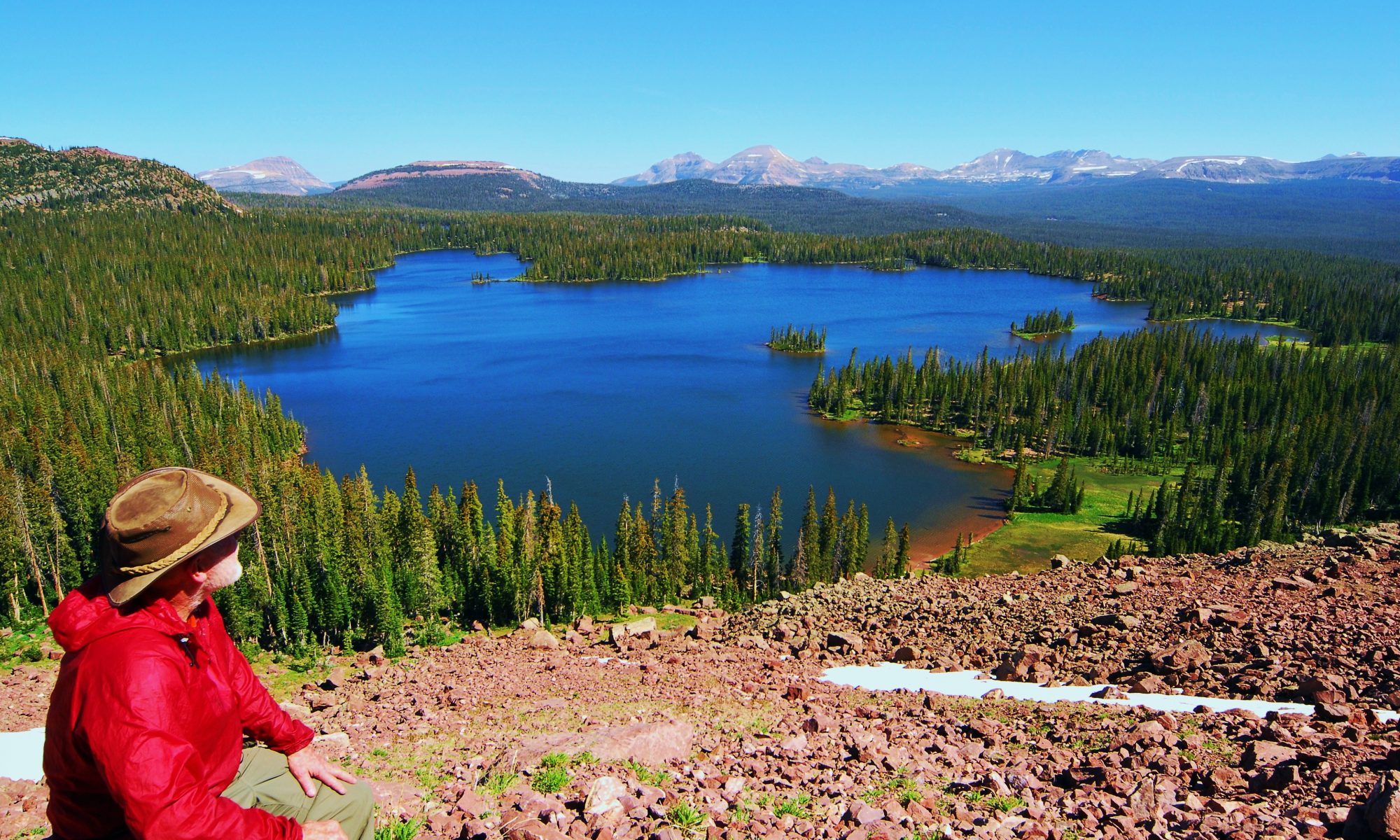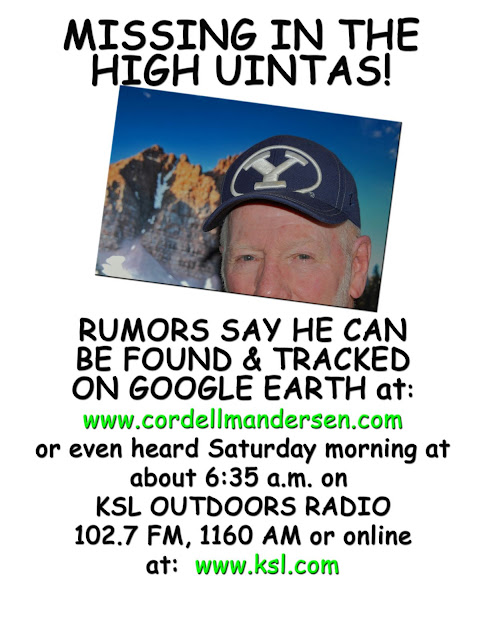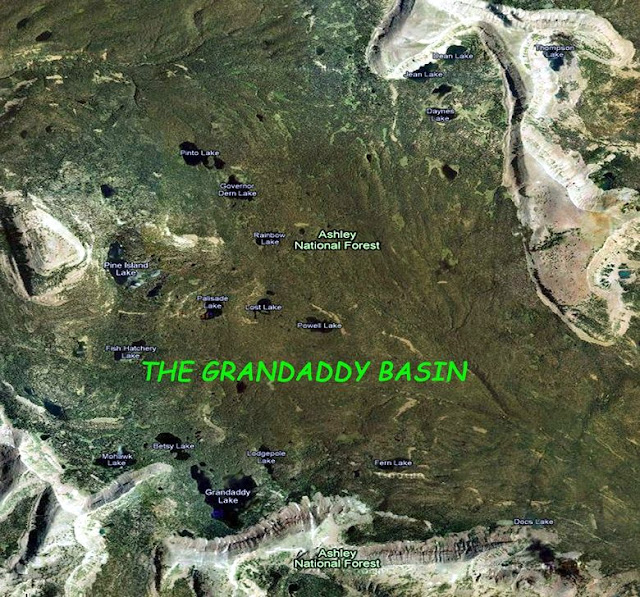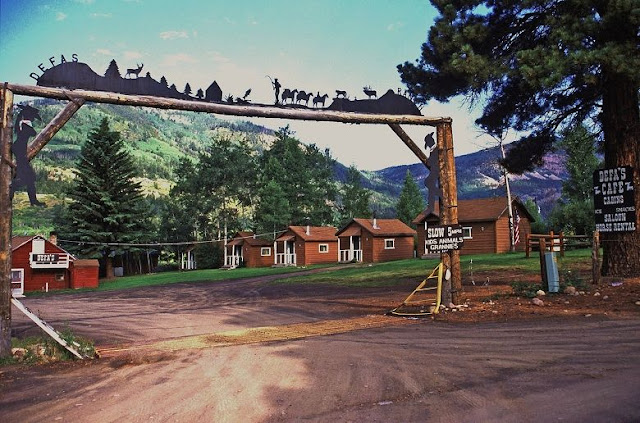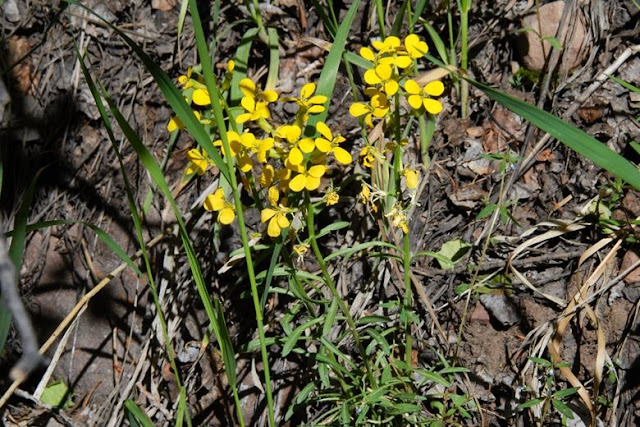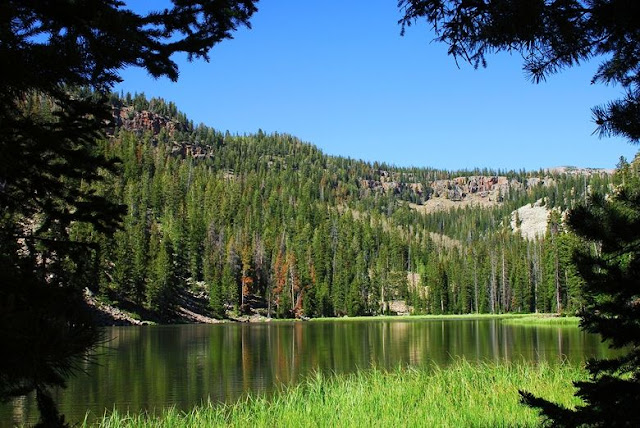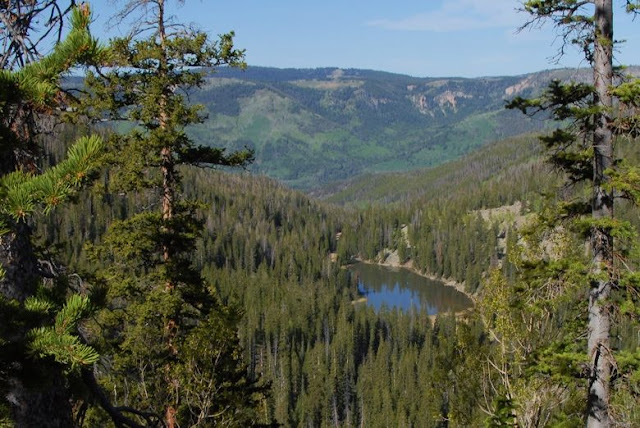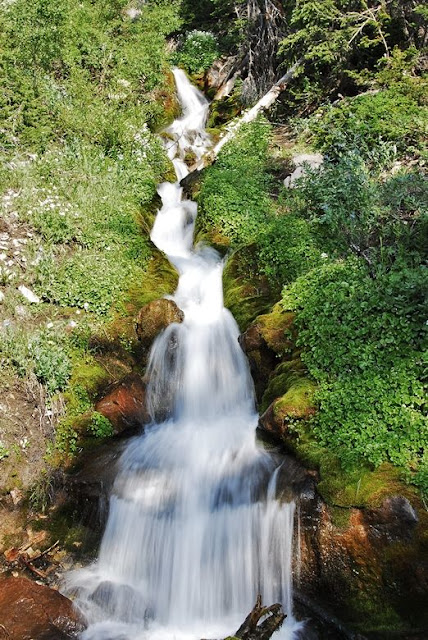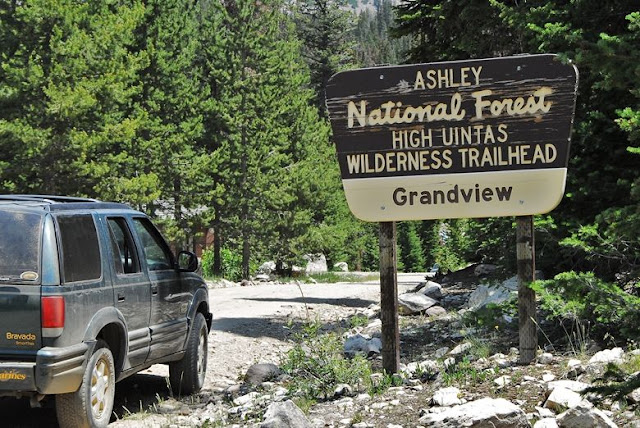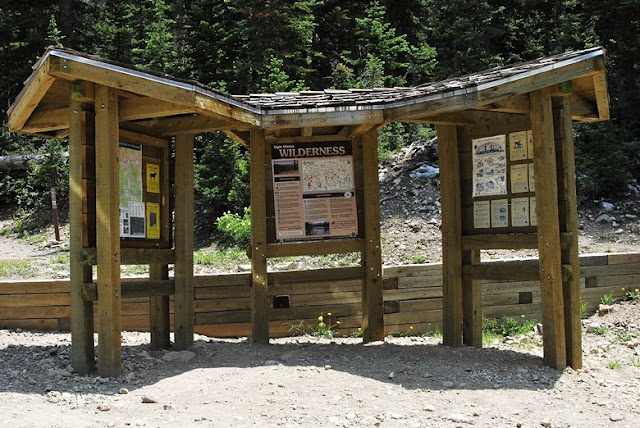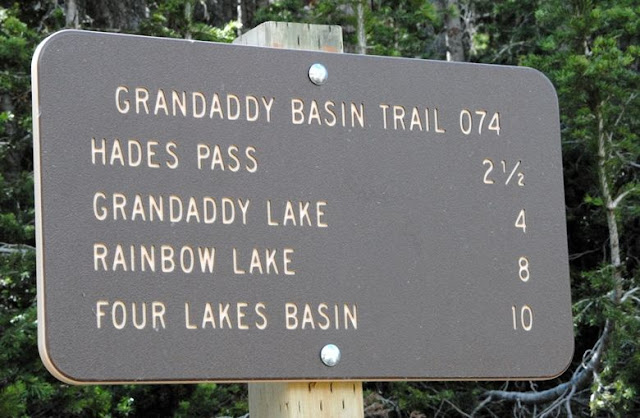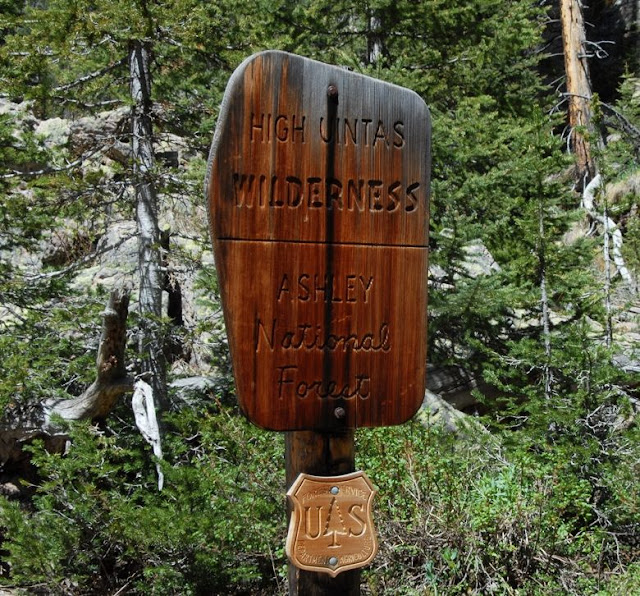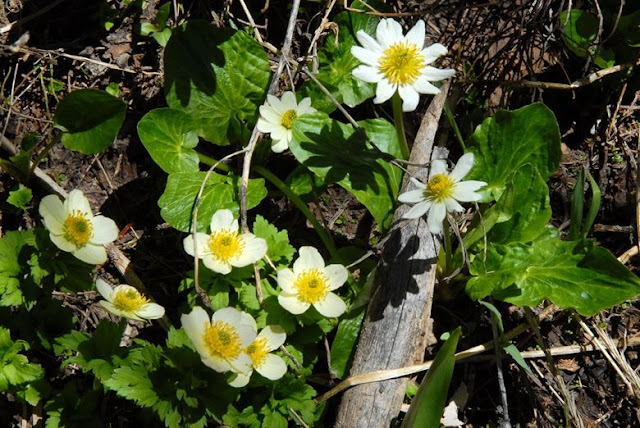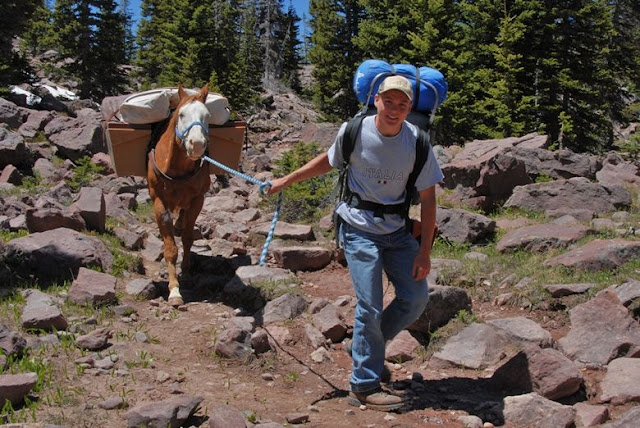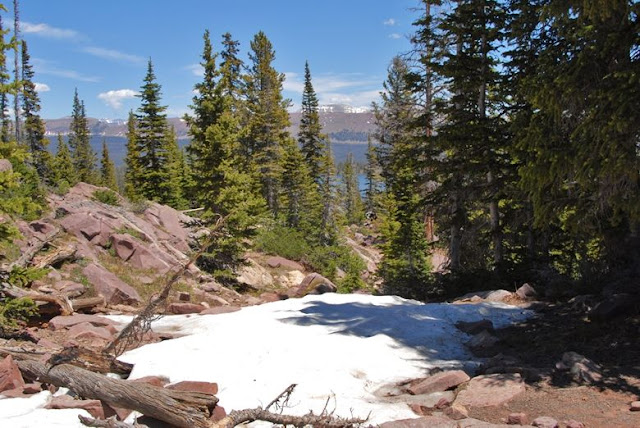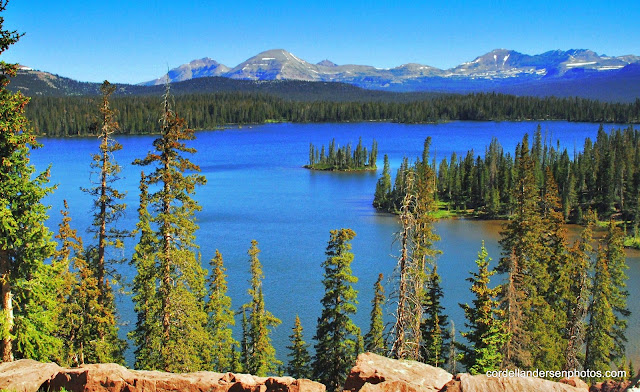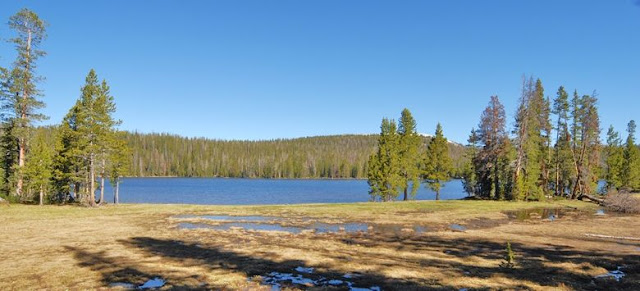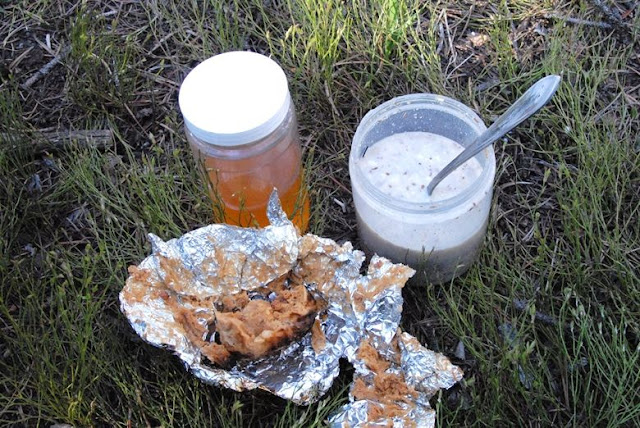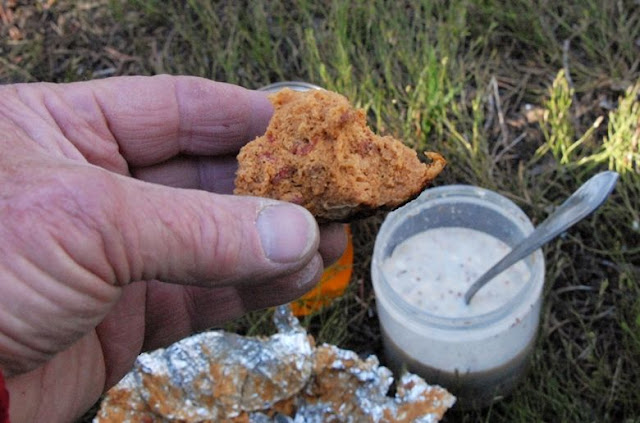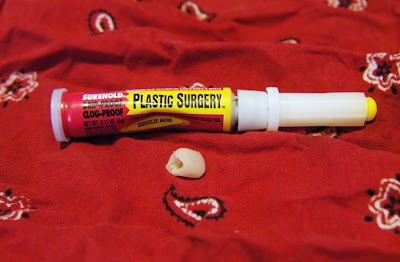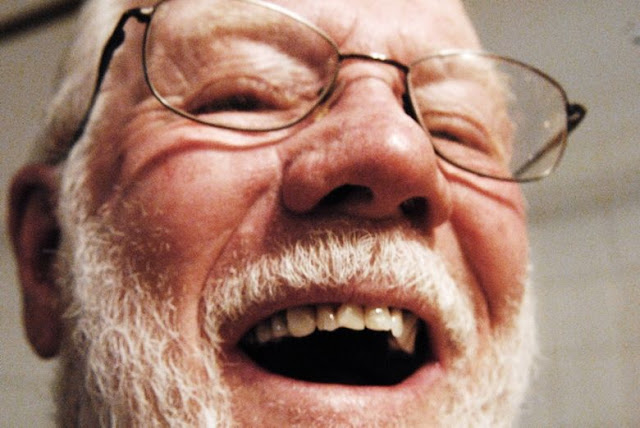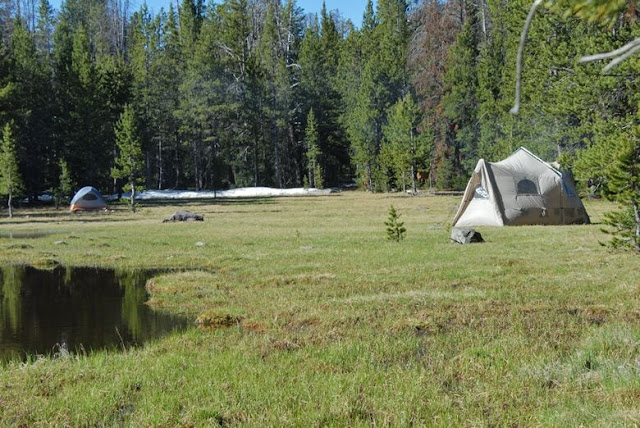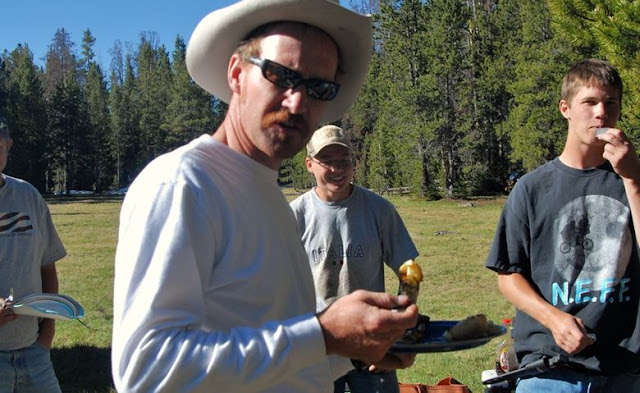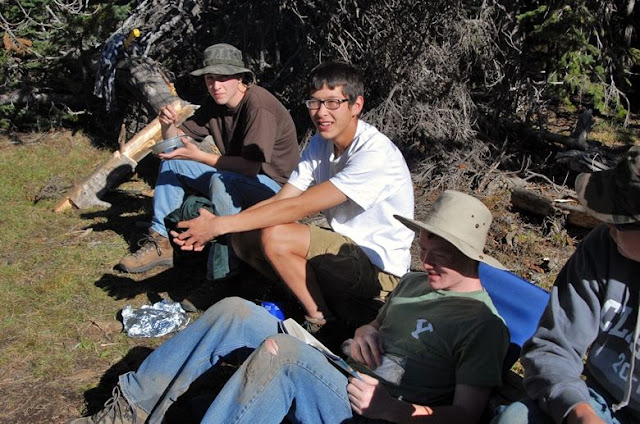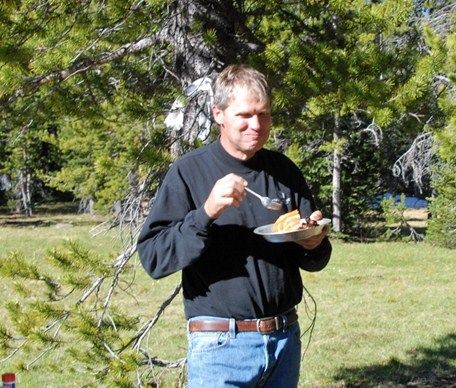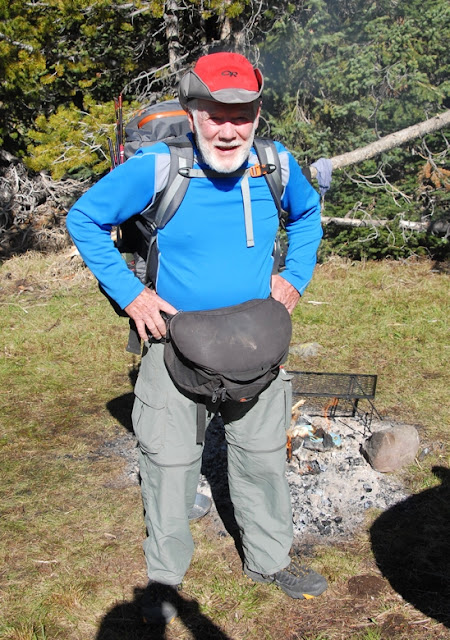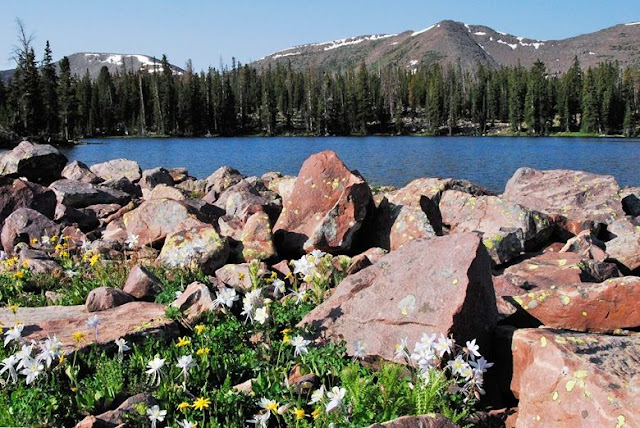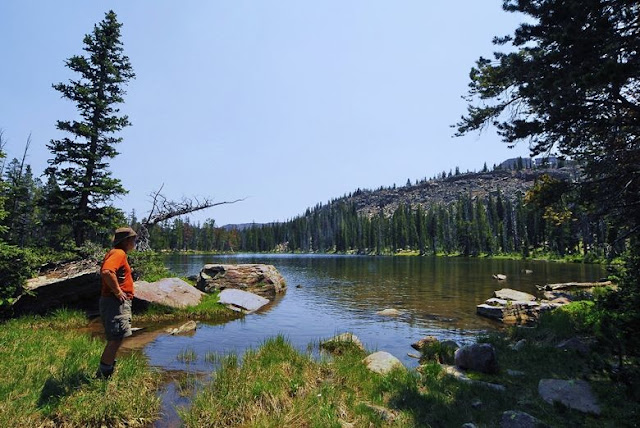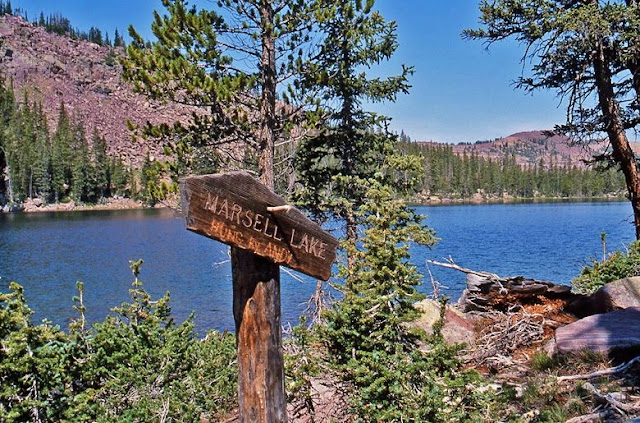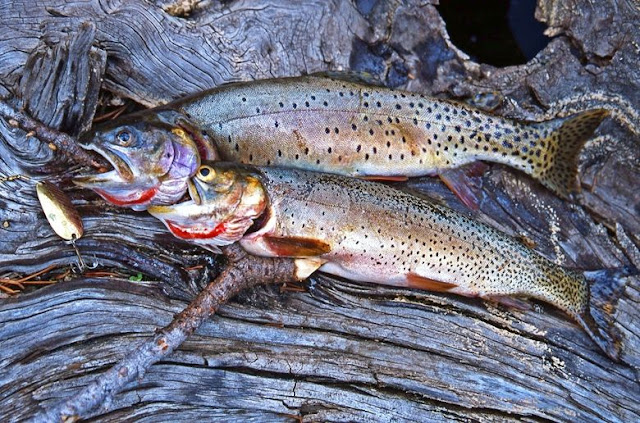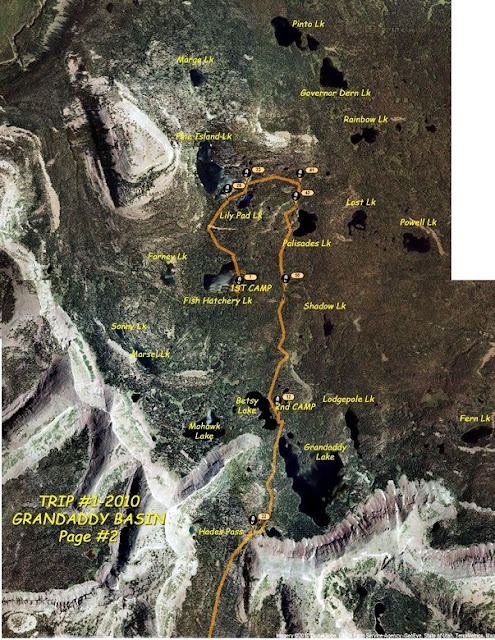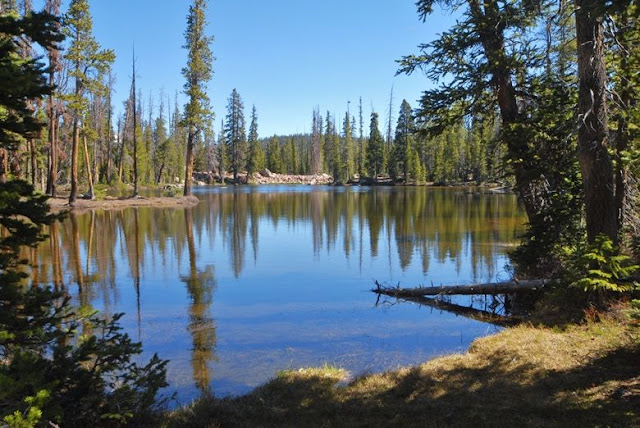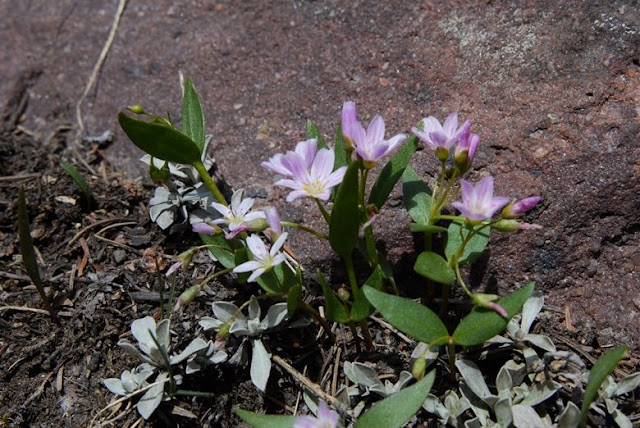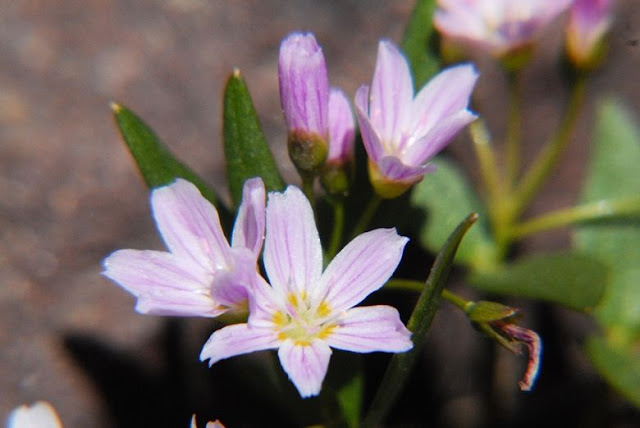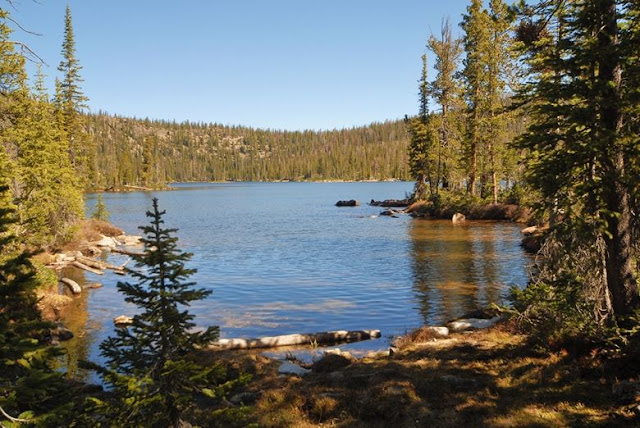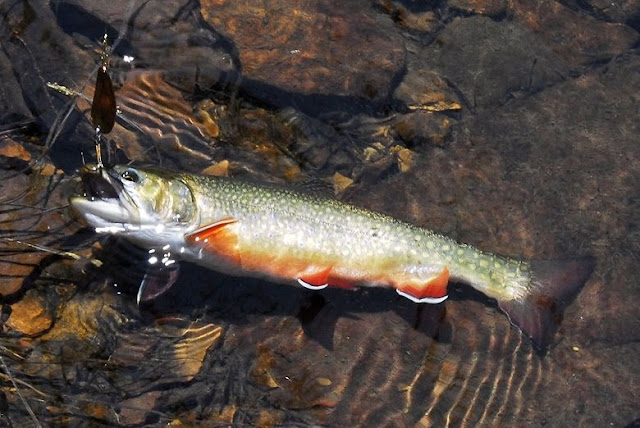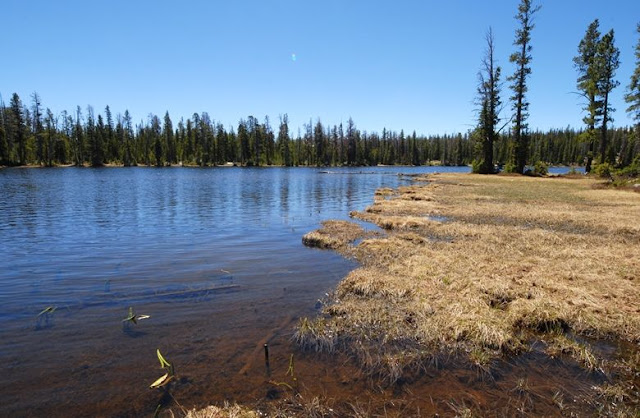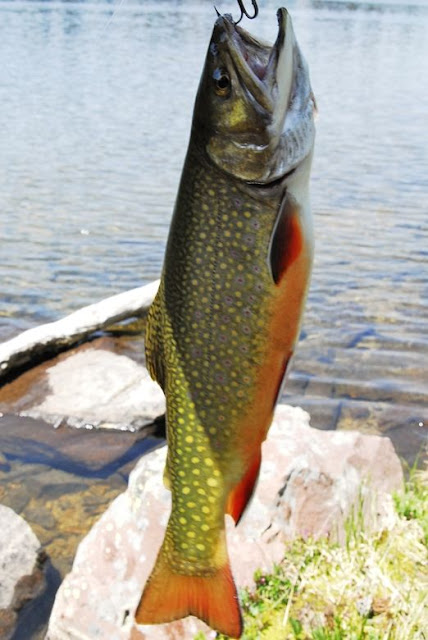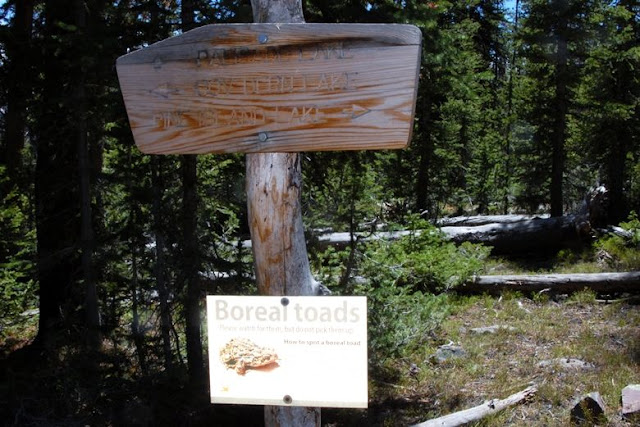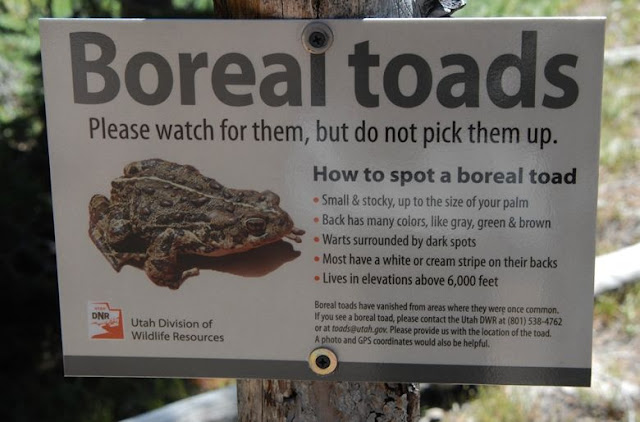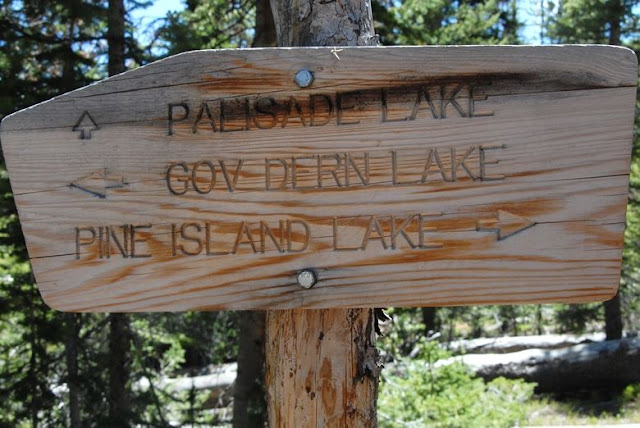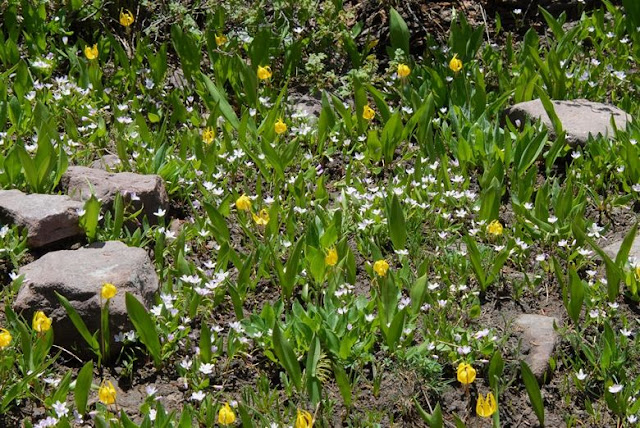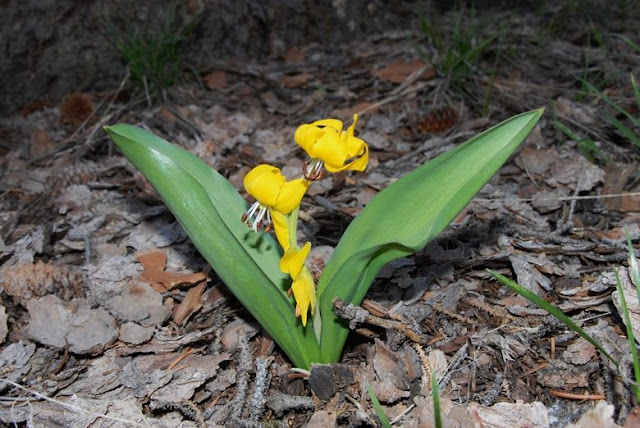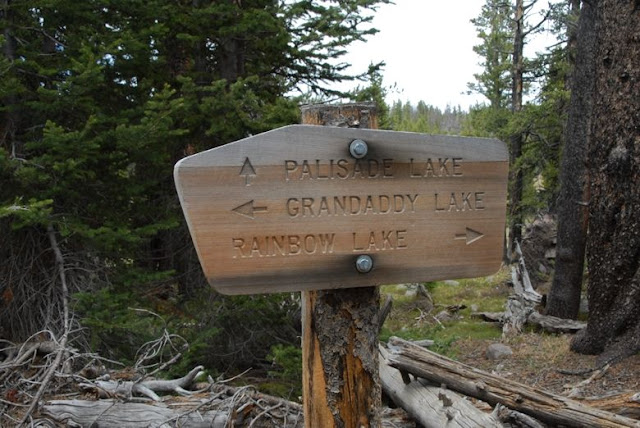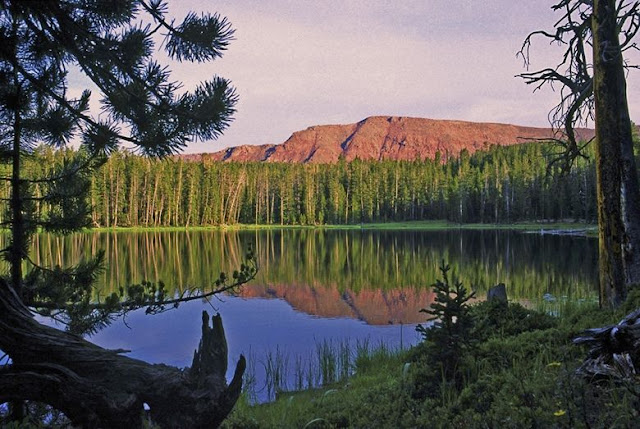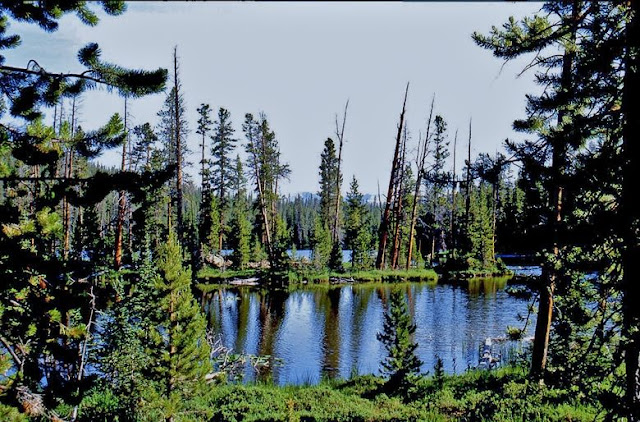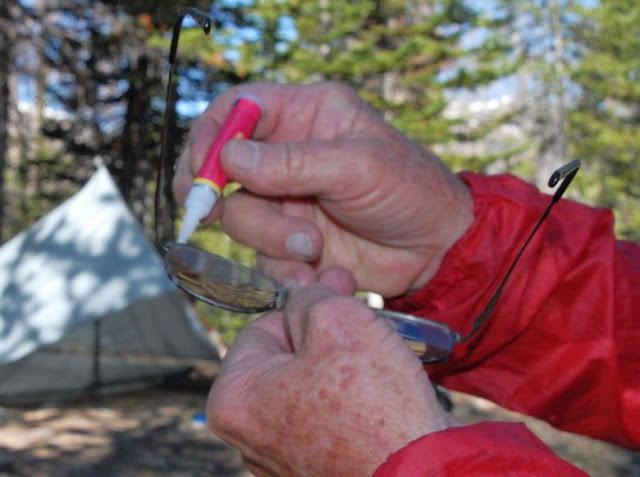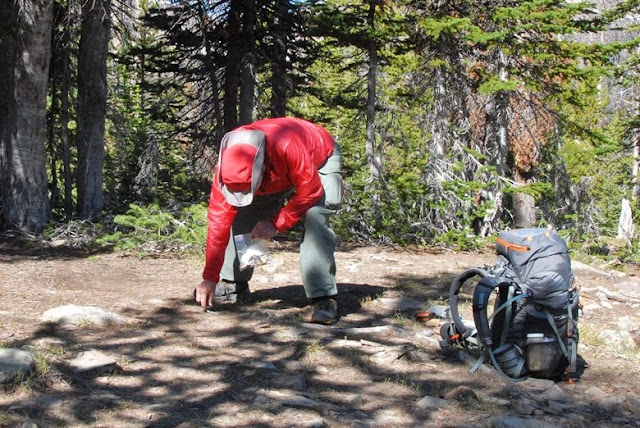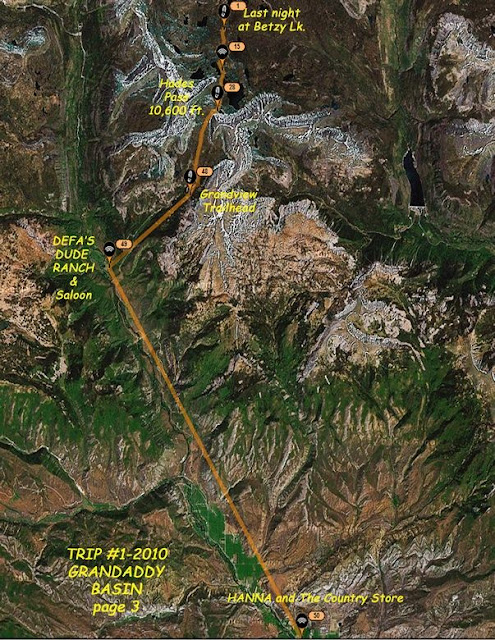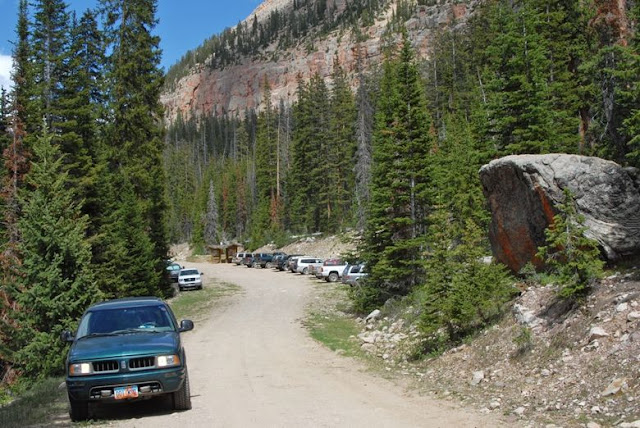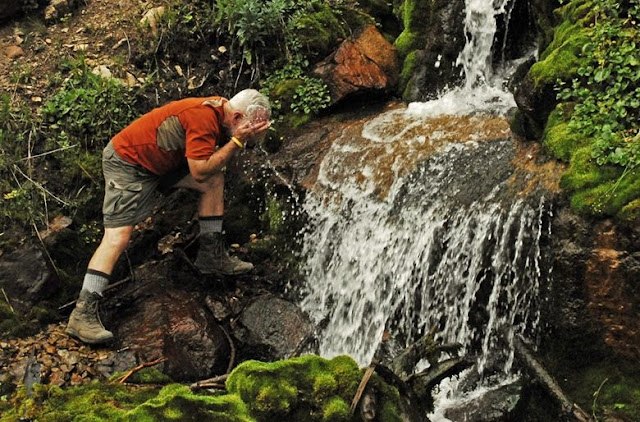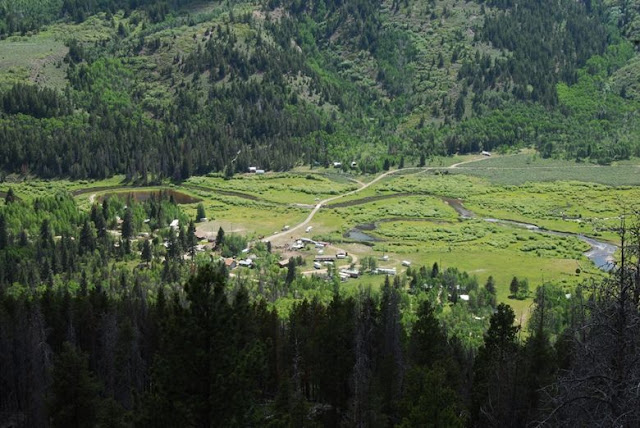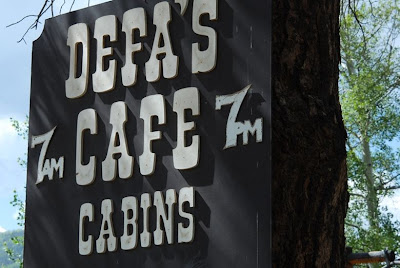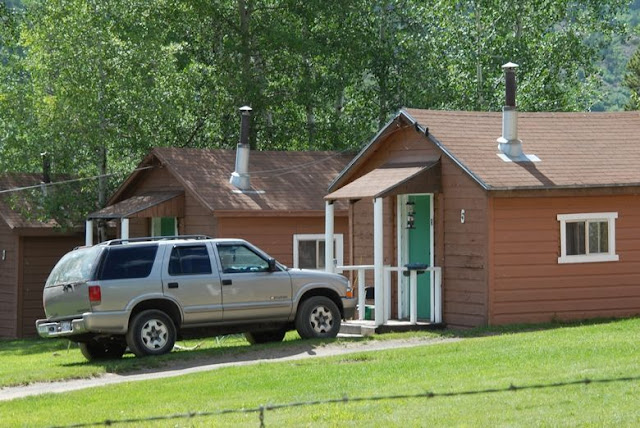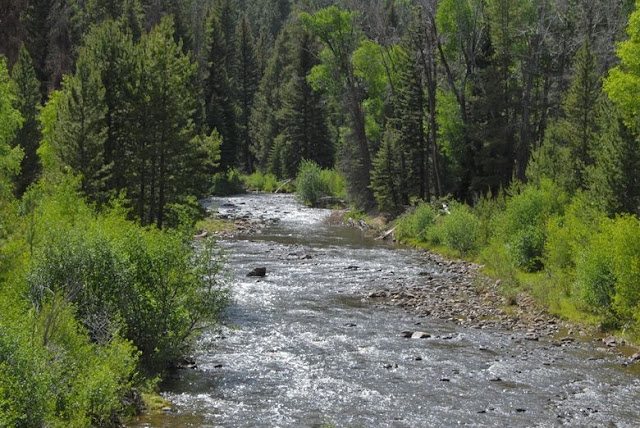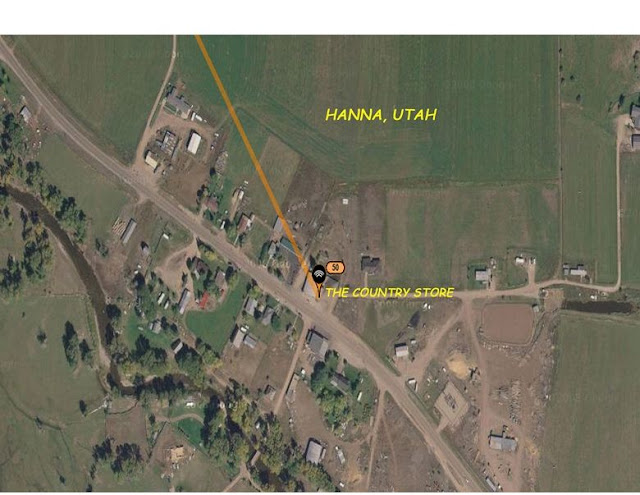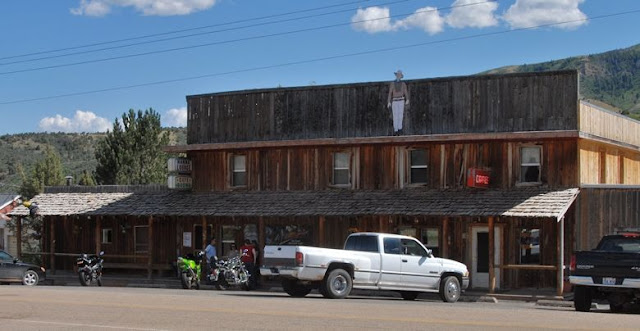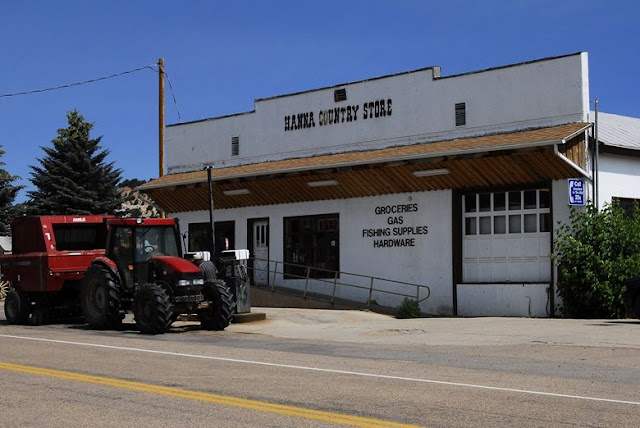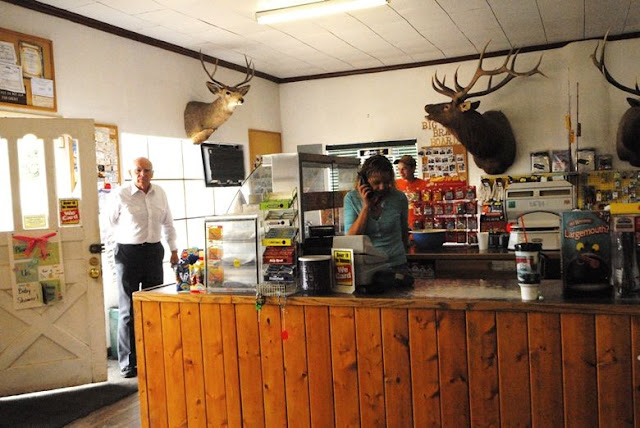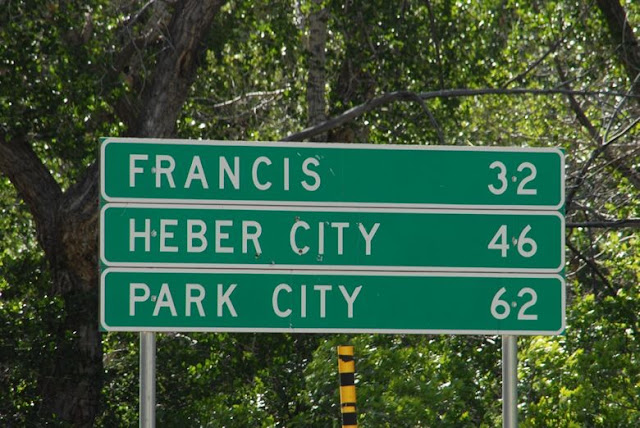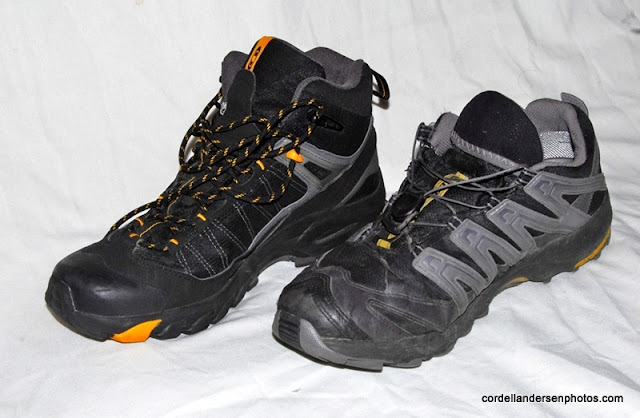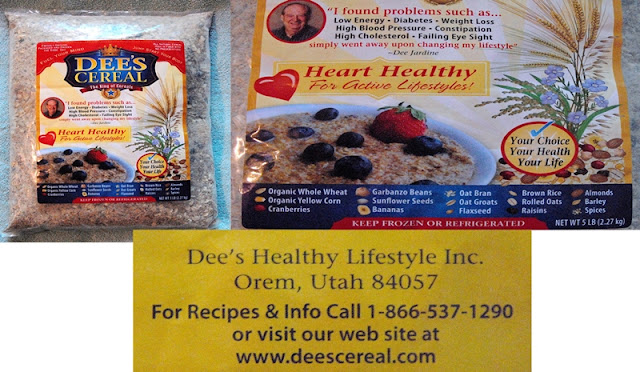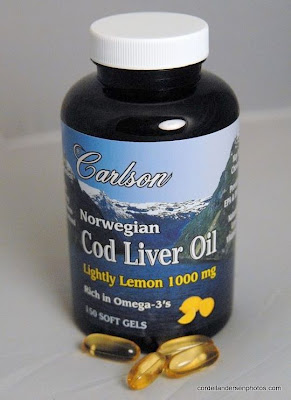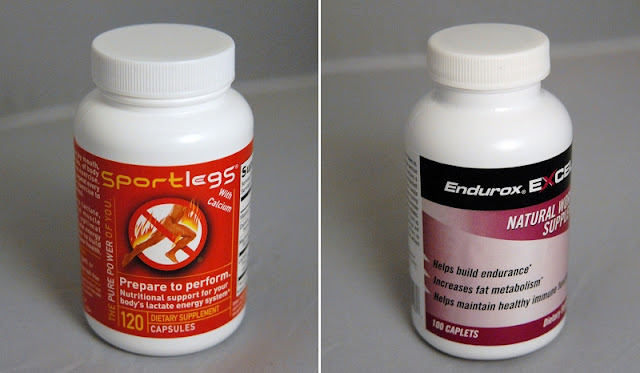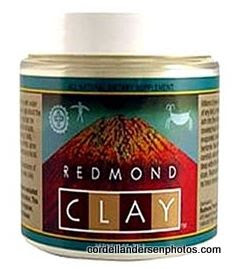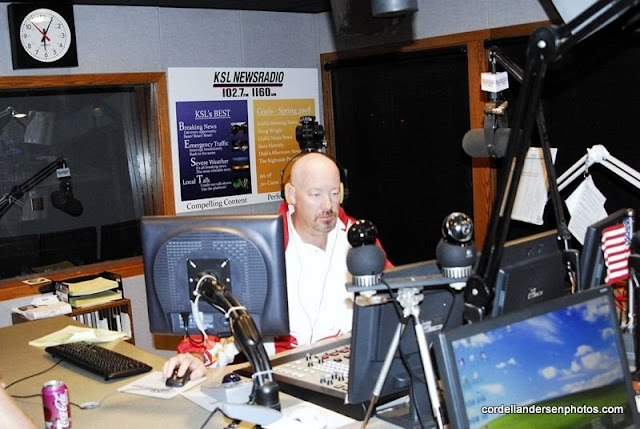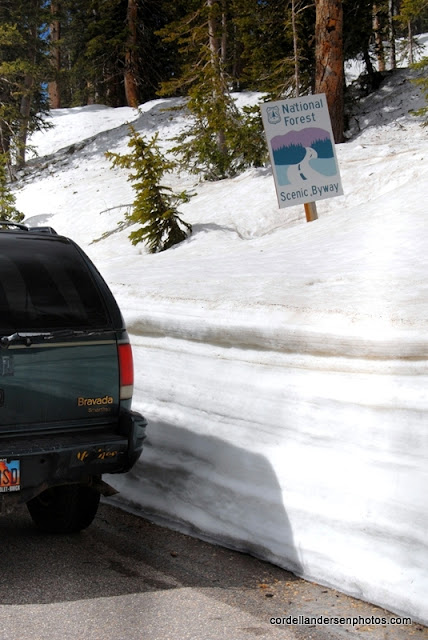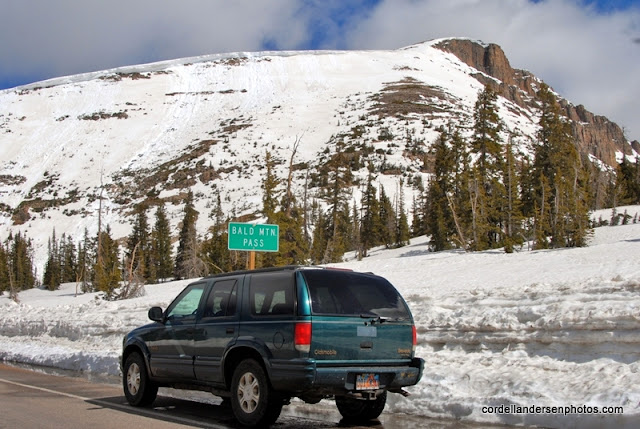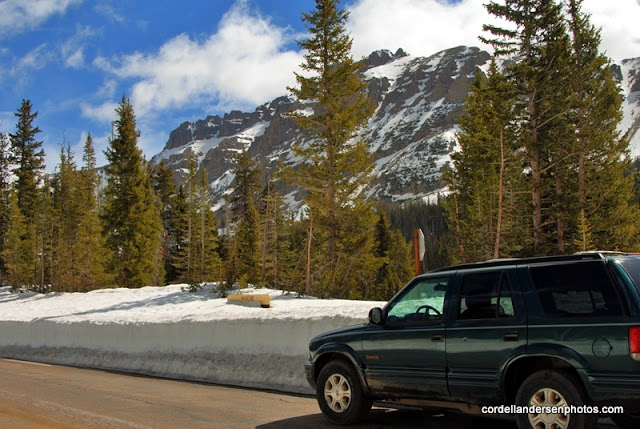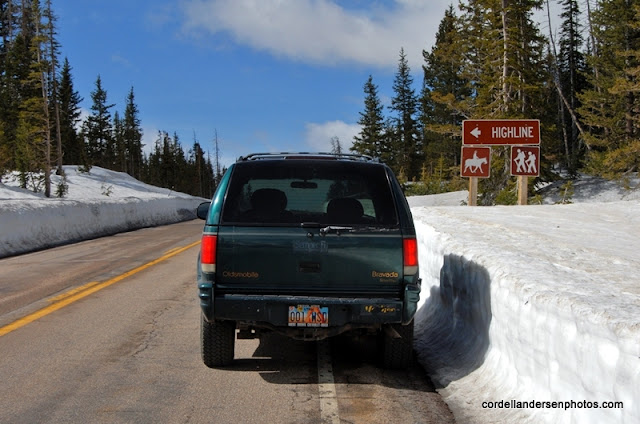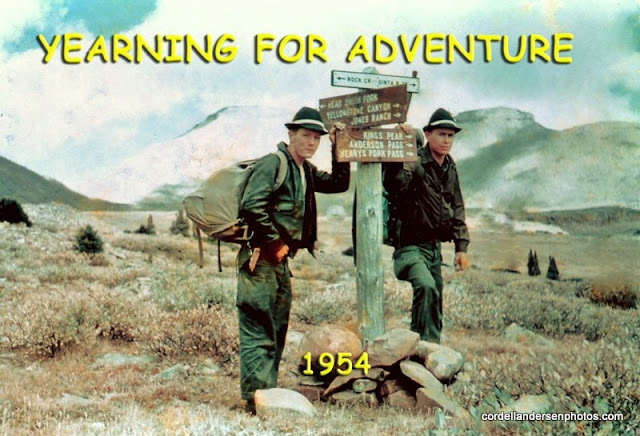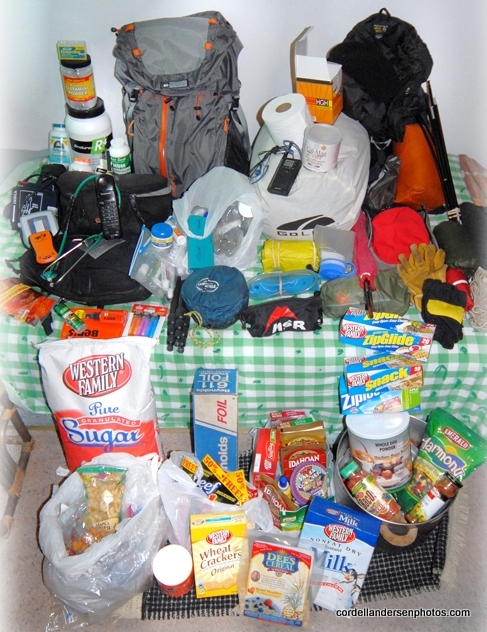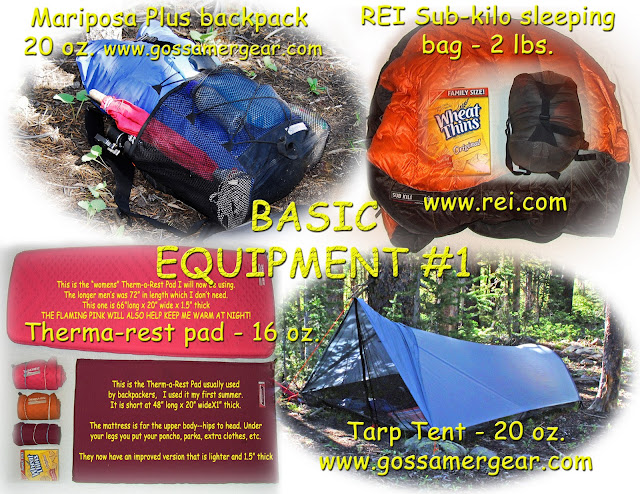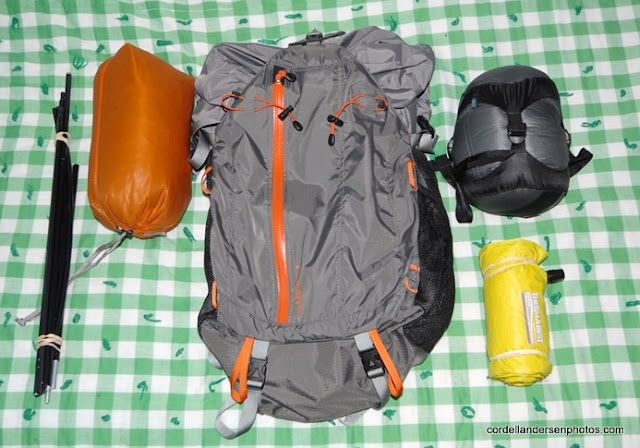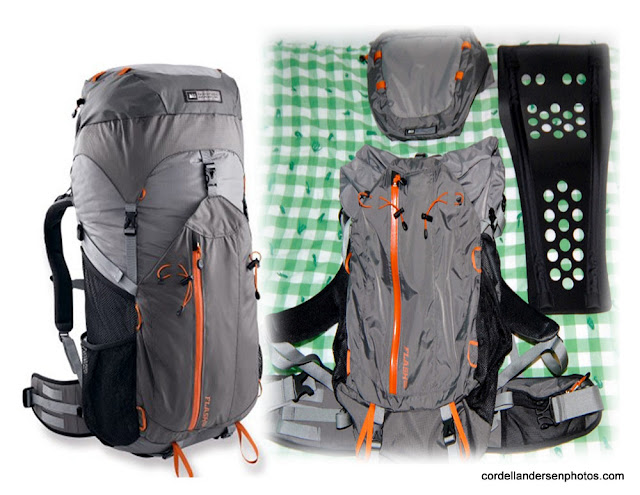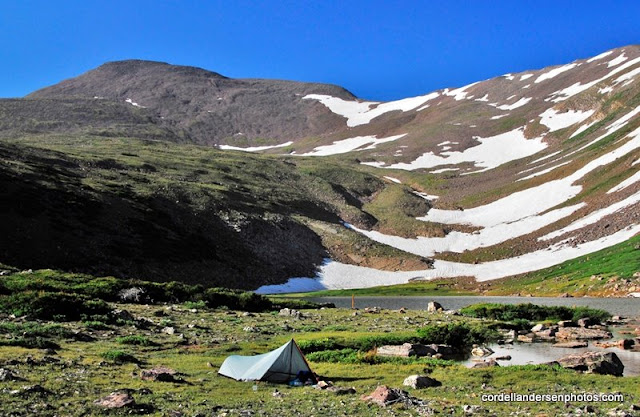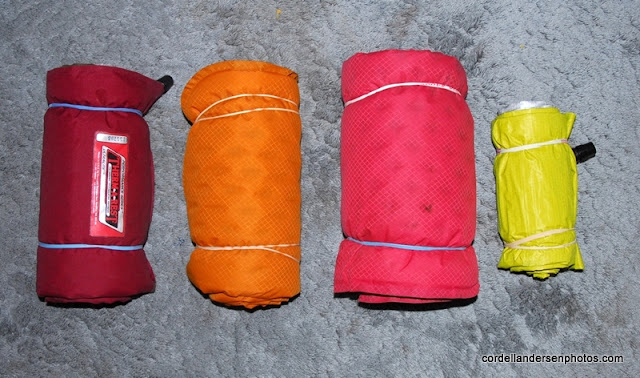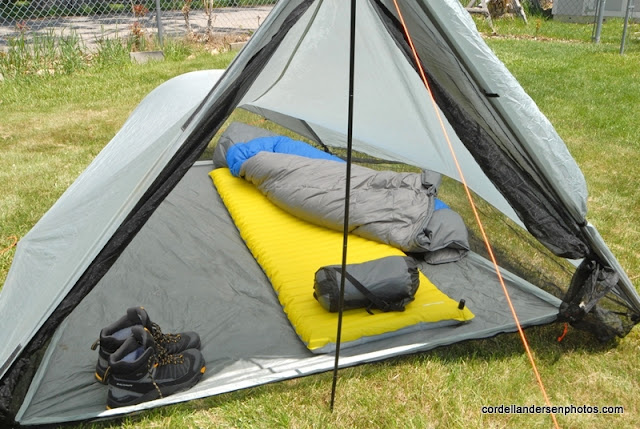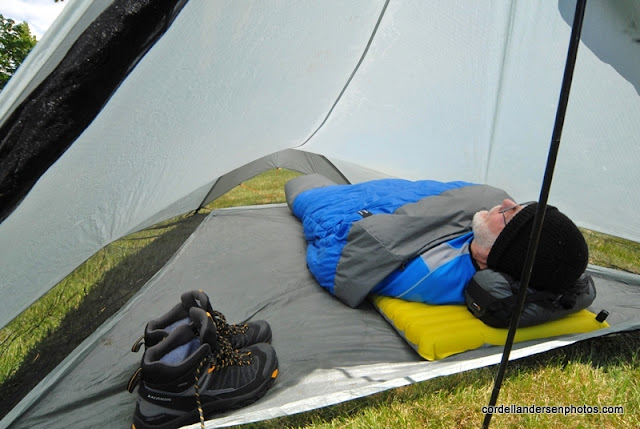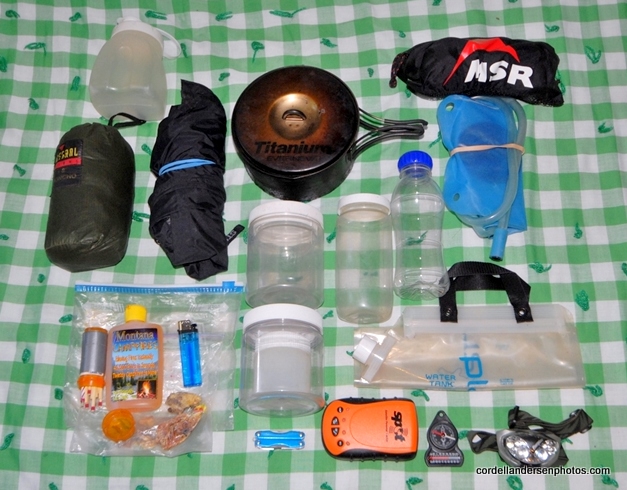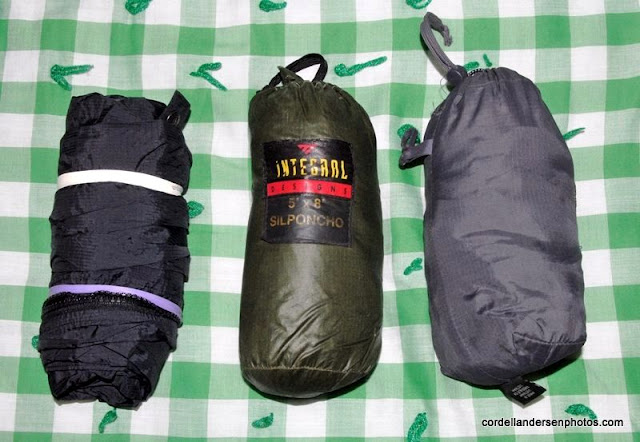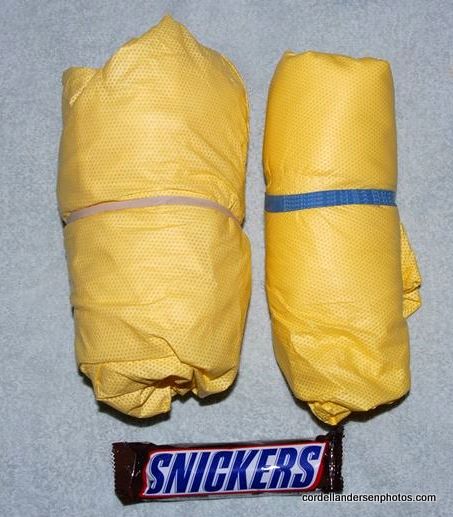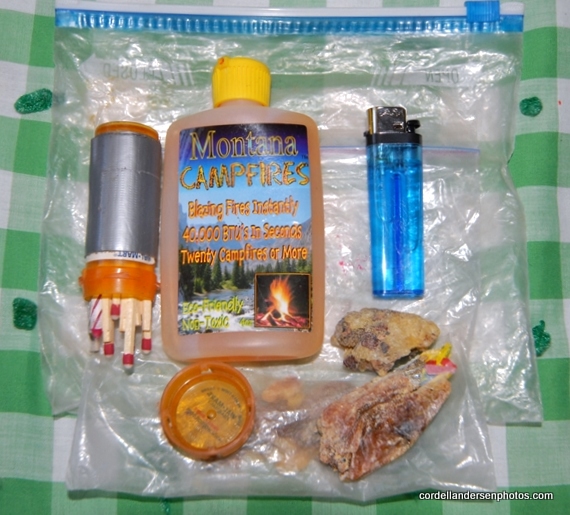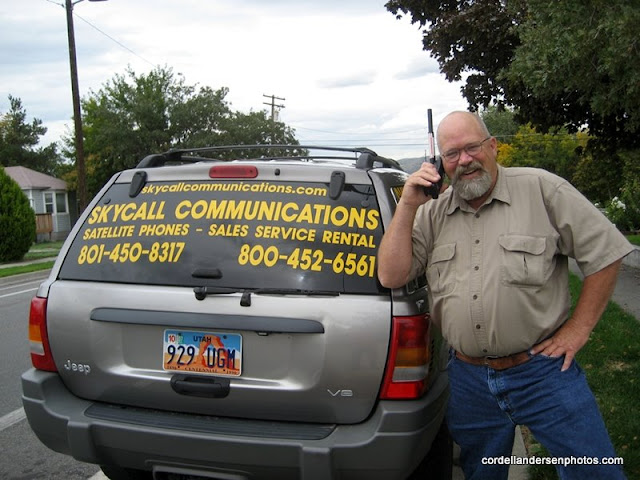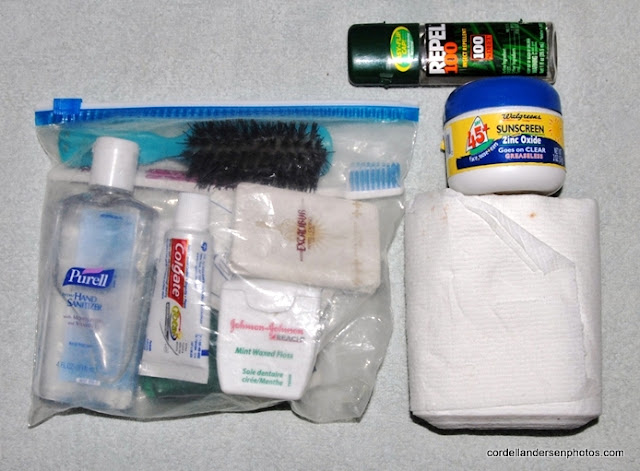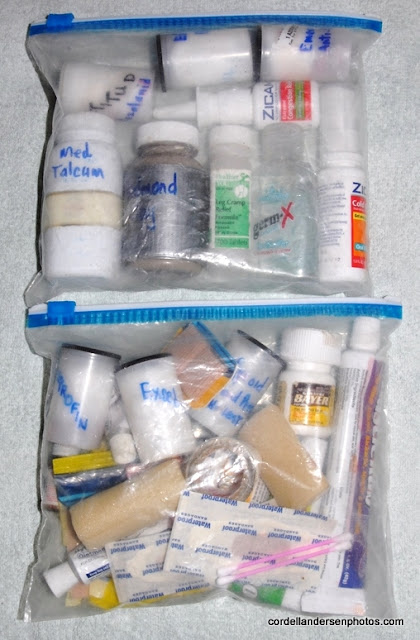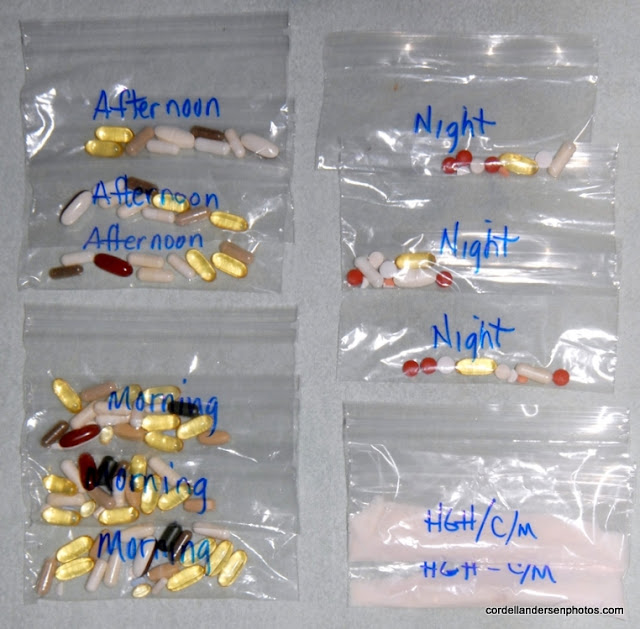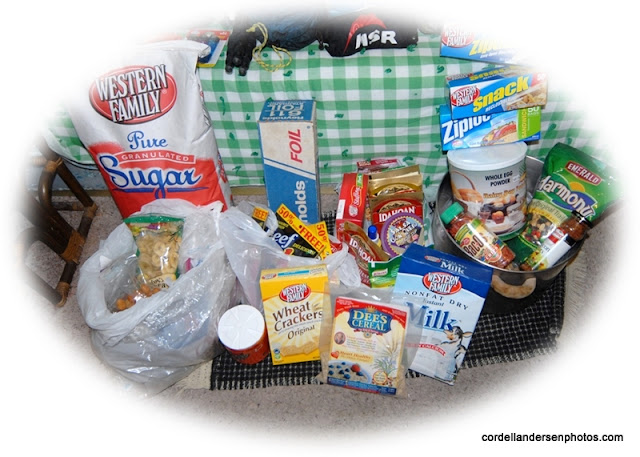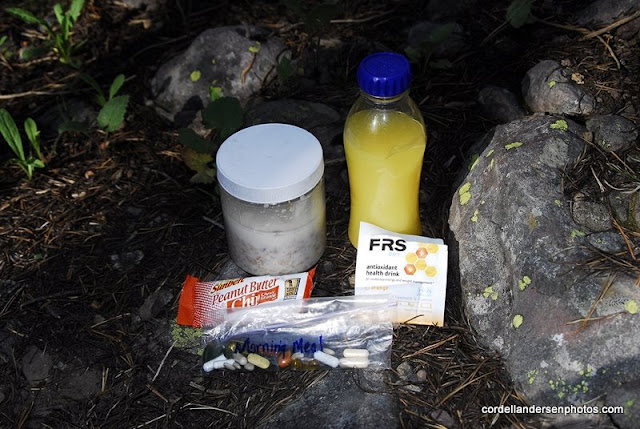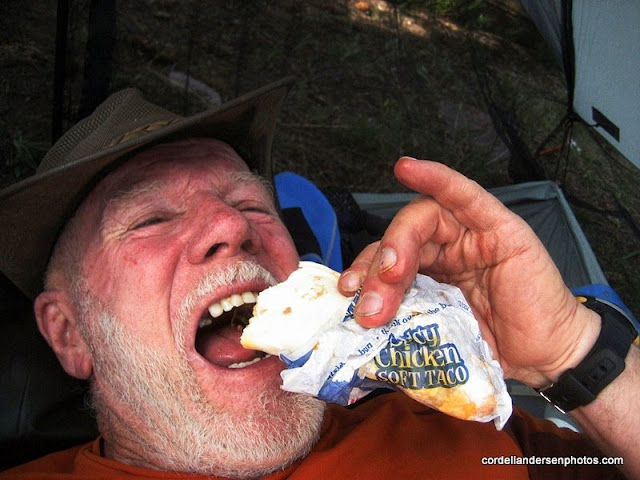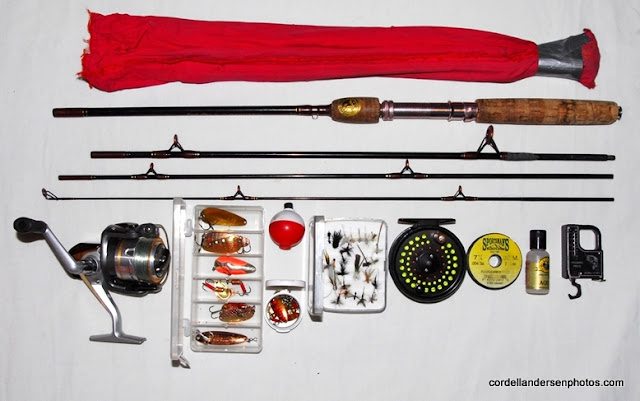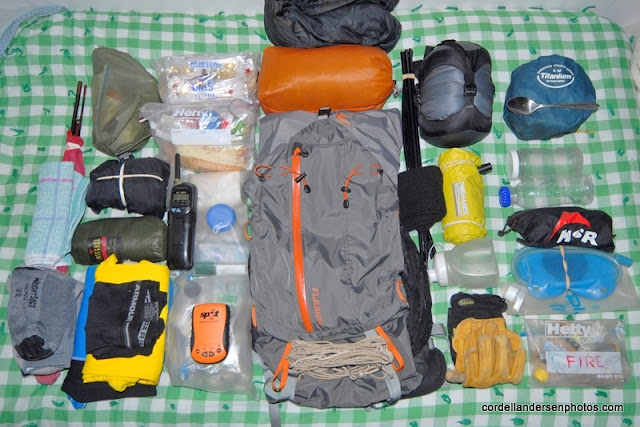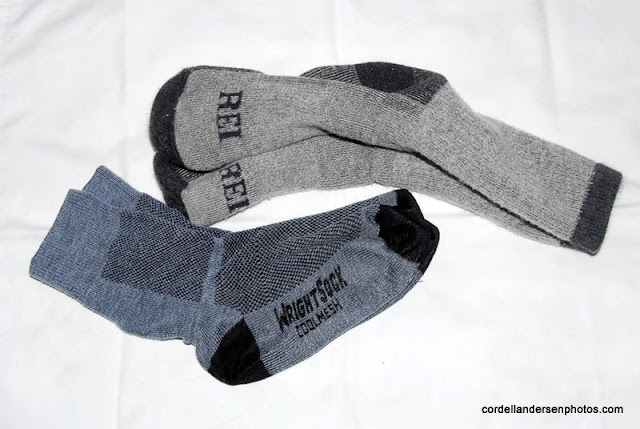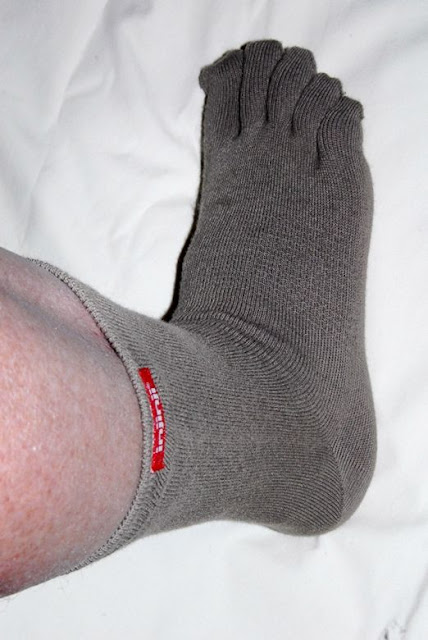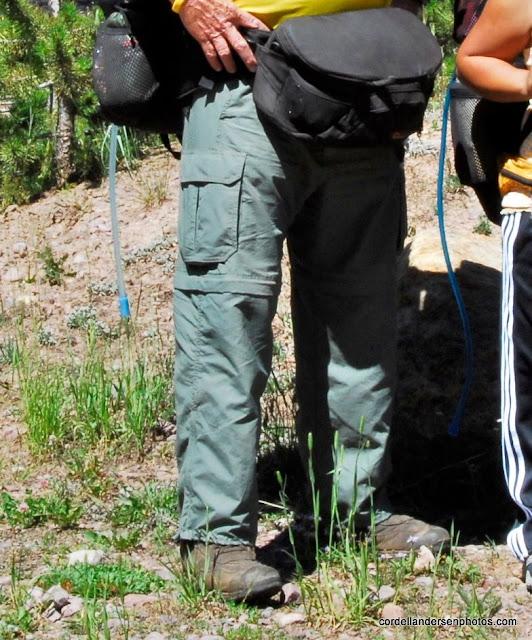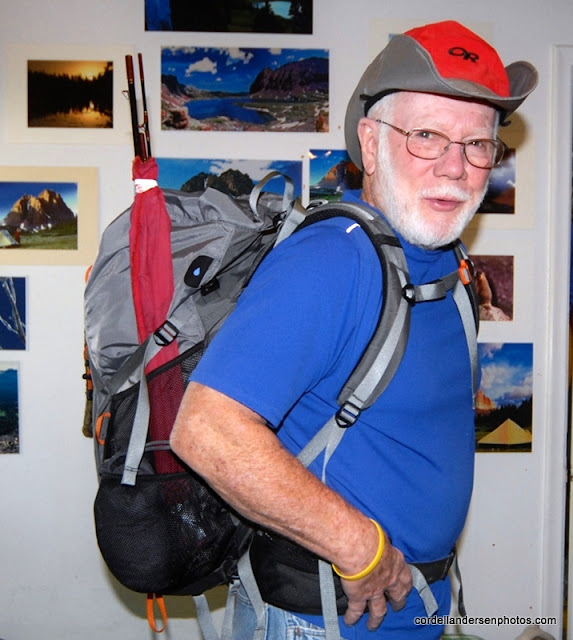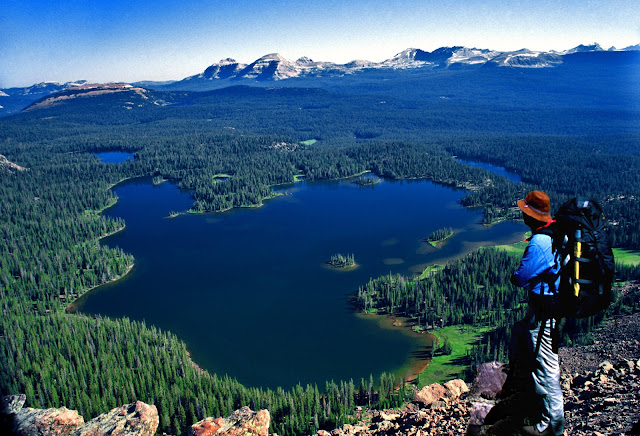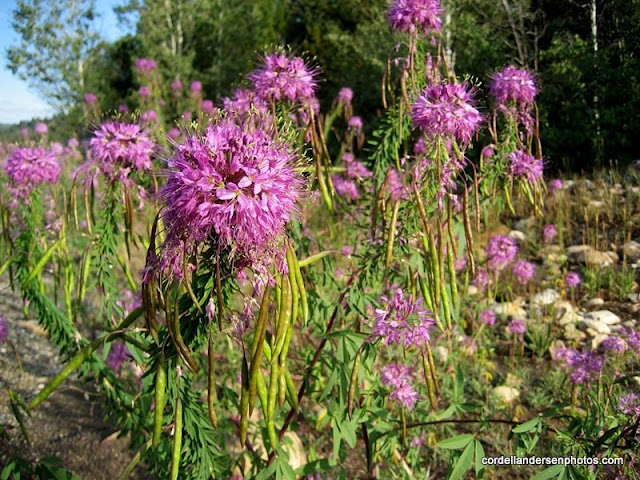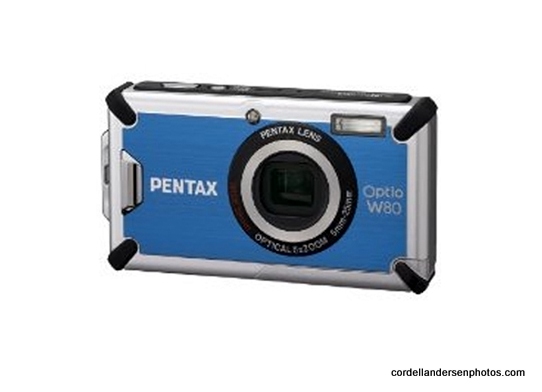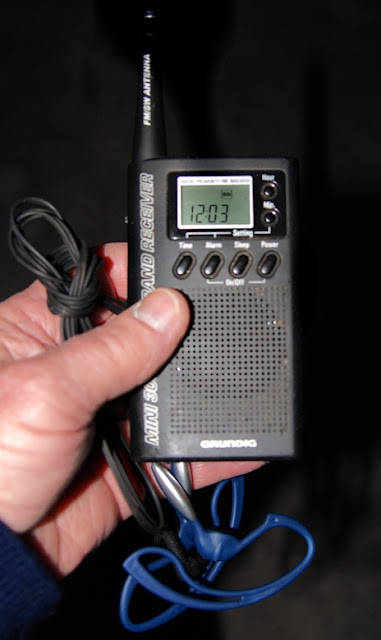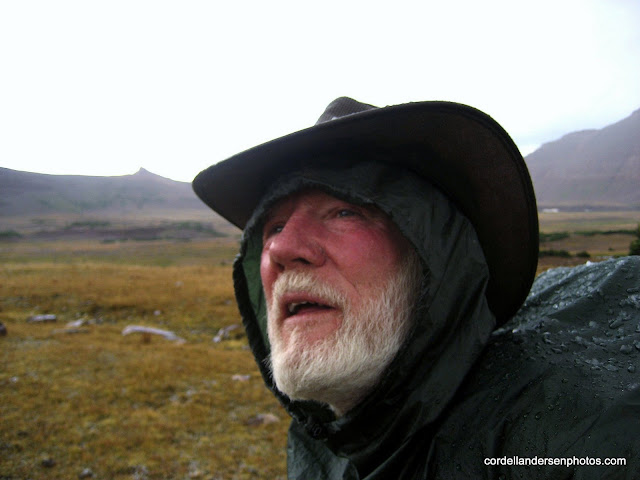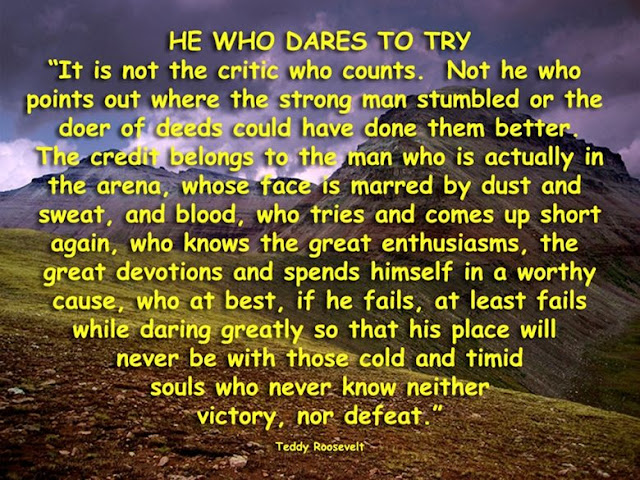SCROLL DOWN FOR THE NEW ADDITION ABOUT
COLDS: Prevention and Cure
The crucial formula: PASSION + Exercise and Physical Training + Good Nutrition and Sports Supplements
The “energy” question is posed almost daily by customers at Reams Supermarket in Springville, Utah where I work, jokingly calling myself a “bagger technician and shopping cart herder.” I work mosltly with young high school guys but with my unique twist as I do the 8 miles a day jogging and sometimes outright running to help a customer, and then moving quickly back pushing long chains of carts.
I’m asked often why I hustle so much, and I reply, “I approach my job as though it was my business and do what I do to get full benefit from the job. Of course part of what I do is to get myself in shape for my High Uintas Project—and I’m getting paid to work-out, like as though I was a professional!” I’ve been invited to train for a more sedentary perhaps higher paying job, but I’ve declined saying, “Thanks, but for me and my needs right now I already have the perfect job. It has already been a miracle for me and my health!”
Another customer the other day said, “Congratulations!” What for I asked, “I notice you quite frequently slow down, bend over and scoop up garbage. Why do you do it?” My reply, “Bending exercises which I need a lot, and besides I hate garbage and would like to hang signs here like we have in the Uintas–LEAVE NO TRACE!” This is another of the blessings and benefits of exercise, hard work, and doing a job to the best of your ability. Read on and you’ll see what I mean.
So we begin to answer the question with the first ingredient being PASSION—having a passionate interest in something that requires keeping healthy, strong and energetic.
Obviously EXERCISE is the next ingredient, but from the get-go we shouldn’t overlook the possibility that ONE OF THE KEYS IS THE GREAT PRODUCE AT REAMS–SECOND TO NONE UNDER THE SCRUPULOUS AND ENTHUSIASTIC CARE OF DAVE THOMAS! Come to REAMS in Springville and you’ll see what I mean.
Now back to the “passionate interest,” as the first key to having abundant ENERGY.
In my 75th year I’m about to shoulder my backpack (on June 24th) and begin 46 days and 250 miles of backpacking in the High Uintas Wilderness, all of it above 10,000 feet and much of it off-trail seeking the most remote and un-named lakes testing the fishing in 82 lakes during the summer–and then, as I have done so far, share what I learn so all who are interested can also enjoy the incredible High Uintas. I’ve already done the 1,000 miles referred to below and still going, going, going…. If interested you can see it clicking on the link, slide show on my website,
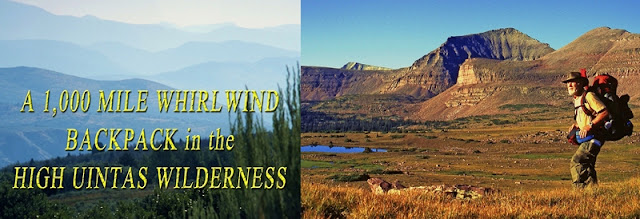
Some of you likely know that I have been at this since 2003 logging through 2009 1,327 miles, but I need two big 250 mile summers to complete my goal—to explore, photograph and share the High Uintas Wilderness with all interested. Thus, the crucial importance of being strong enough to do it—and my year at Reams is supposed to make possible achieving that goal.
But, still begs the question of many customers, “WHERE DO YOU GET SO MUCH ENERGY?”
I believe it’s important to answer clearly that question, as my formula and my secrets can help many, old and young, men and women—even those with what some experts would consider serious impediments or obstacles.
Let me first outline what I mean by impediments which I have called “glitches in my path,” that will sound familiar to some of you and convert what I say into even perhaps life changing advice–for those willing to pay the price.
In 1953 my dream of becoming the smallest running back in the history of the NFL came to a screeching halt with a serious football injury since dubbed my “football ankle.” After 54 years of limping it finally gave out in the middle of my Uinta Project and had to be reconstructed in 2007, so my ankle is now held together with 3 screws and a tendon transplant. Certain crucial supplements have been of key importance.

In 1976 a motorcycle accident ruined my knee, since called my “motorcycle knee.” It was operated on then and I was told to forget running in half-marathons, and backpacking. I’m sometimes known to be slow at accepting advice and/or being a slow learner, so two weeks later my oldest son, David, and myself shouldered backpacks and bivouacked on the above timberline backbone of the Henry Mountains for the deer hunt. Twenty-seven years later on the first day of my 27 day expedition along the Highline Trail with 83 lbs. on my back and around my waist the pain in my knee was so intense I was ready to throw in the towel, but with inspiration from Lance Armstrong I found a way to hang in there. If interested in learning about that survival experience click on KNEE.
The next year mid-summer there was another temporary-fix operation in the 2nd year of my Uinta Project. Then to end the 2006 backpacking season my knee was gone and my future was to just limp around my living room for the rest of my life. I opted to heed Winston Churchill’s advice and “NEVER GIVE IN! NEVER! NEVER! NEVER!” resulting in major surgery and doing a few miles in 2009 on my new titanium knee. Again key supplements were and are crucial. Now I’m ready for a full fledged backpack season, but there were more obstacles to overcome along the long trail.

In 1980 I was becoming a cripple with arthritis at 45 and was getting desperate, only half getting by with pain killers. Then I was introduced to the “Cod Father.” Once again a key supplement, important in solving all of the above “glitches,” came to my rescue—literally doing the miracle that has me moving still—and with energy.
In 1994 after running an International Half Marathon in Guatemala, my feet were shot and a specialist in Guatemala City said I was through with running and backpacking with what he called metatarsilitis. I modified my running shoes adding a piece of old tire to the arch portion of the sole to keep the ball of my foot off the ground and kept running–and got to the finish line 14 consecutive times. During those years I created better modifications and inserts in shoes and boots you see below and explained in my LIGHTWEIGHT BACKPACKING photo essay,
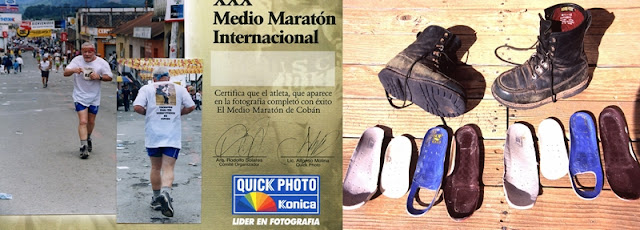
and have gradually improved so that this summer most trips in the high country will be with mid-height lightweight hiking boots, and some with mountain running shoes. The same supplements hinted at above have helped solved this problem.
After the 2003 backpacking season and my “27 day no re-supply expedition” in the Uintas, a complete physical I underwent moved me into the operating room and two cancer surgeries—losing my thyroid gland, and some big chunks of skin. Several radiation treatments followed and recent scans have pronounced me cancer free. My Lance Armstrong wrist band hasn’t been removed since–and will remain until it rots, or I rot. Make a contribution and get a bunch of them at: LIVESTRONG If you are interested in a SURVIVAL STORY connected to Lance Armstrong click on: DON’T QUIT.

Since 1992 and a difficult marriage fiasco that literally damaged my heart, I have had what the cardiologist called an incurable irregular heart-beat, coupled with high blood pressure. This heart glitch resulted in one of my great survival experiences in 2004 when I had a heart attack 8 miles from the Henry’s Fork Trailhead, but quite miraculously I made it out on my own. If you’re curious about that experience click on SURVIVAL ON KINGS PEAK.
Fast forward 6 years and half-way through my year-long (and counting) 8 miles, 3-5 days a week JOB AT REAMS, ALONG WITH TAKING THE GREAT SUPPLEMENTS I WILL OUTLINE, MY HEART ARRHYTHMIA AND HIGH BLOOD PRESSURE ARE GONE, AND MY PULSE APPROACHES THAT OF LANCE ARMSTRONG!
One has to keep moving, walking better than nothing, but in my opinion it has to be fast walking, and then move up to jogging, remembering the advice “QUICKEN THE PACE AND LENGTHEN YOUR STRIDE!” With my passion for backpacking and the Uinta Project, I then go one step further to keep my back and legs strong: During Utah Jazz, BYU games, and now World Cup soccer, I walk around my sofa as I watch TV with a 60 lb. load on my back and around my waist. All of the exercise, for me, requires of course good nutrition and marathoner supplements I will outline below.

I strongly believe that the High Altitude Sickness I have experienced some in recent years will also be reduced if not completely eliminated due to the overall improvement in my health and energy.
Now to the formula I believe has helped make all of this possible. But first I guess it’s correct to begin with the normal DISCLAIMER you find on your vitamin/mineral/amino acid supplements—but my own tongue-in-cheek version:
NOTE: This is based on my personal experience, plus my credibility as an Army Medical Specialist—back in the days when bloodletting was a favorite treatment, and also my experience among the Mayan Indians for 40 years as a shaman/medicine-man performing thousands of treatments each year, including even minor surgery.

I guess I’d better clarify said “surgery” relating my experience given at a lecture at the BYU Education Week back in 1977. I quote from my Facebook page:
In 1967 we began our efforts in Guatemala calling it, “The Andersen Family Private Peace Corp.” Thousands of medical treatments were performed each year in areas where there were no medical services available, or where the Indians didn’t trust the Ladino medical people. This even included a few times minor surgery. One experience was related in a BYU Education Week lecture with a Dr. in the group who became very upset saying I wasn’t authorized to do such. I then related the surgery–a hernia operation. I strapped down my patient and did the best I could, but did it wrong. A few days later I tried for the second time. A day or two later I realized I had still done it wrong, and did it for the 3rd time. All looked well, but on the 30th day the hernia opened up again, so I pulled out my pistol, shot the pig and we ate her! The crowd was stunned until they realized what I had said, and then broke into laughter, except for the Dr.
So here is my
CLAIMER
These statements and experiences have not been evaluated by the Food and Drug Administration. The foods, supplements, elixirs, potions and snake oils outlined below are INTENDED, and in many cases, GUARANTEED to help in the treatment, cure and prevention of the conditions outlined in this article!
THE FORMULA
NOTE: Most of you don’t have all the problems I have to cope with, but many have one, two or more. Then as we grow older the body doesn’t assimilate as well many nutrients, and its capacity to produce necessary hormones and other essentials diminishes making it necessary to use supplements and concentrate more on good nutrition. So, you young bucks out there perhaps don’t need quite as much of the supplements as I do, but all of them in normal doses will likely help you a lot, and if you take all of this seriously soon enough you can keep from becoming an old geezer like me!
We’ve got to keep this simple, so let’s just outline exactly my routine beginning with the evening preparation for beginning my day the next morning. I will capitalize each key ingredient that will also be a link to where you can usually get it cheaper than anywhere else (Amazon). Remember, if you use my links a small commission will be earned for the High Uinta Project, helping to make all of this effort possible.
EVENING PREPARATION:
(1.) Mixing my energy drink for the next day in (24 oz. water): 2 scoops ENDUROX R4 + tsp. or 5 gms. GLUTAMINE + ¾ scoop GATORADE + 5 gms. CAL/MAG
(2.) 1 cup DEE’S CEREAL +2 tsp. sugar + ¼ cup milk powder + cinnamon + water. Soak overnight.
MORNING:
1.) On awakening take 6 1000 mg. gel caps of COD LIVER OIL (30 minutes before eating anything)
(2.) Take medications for (not having) a thyroid gland.
(3.) Prepare 1 egg with cheese in microwave for 1:20 min. When backpacking this will be a 2 (dehydrated) egg omelet with bacon chips cooked the night before in my small cooking fire using aluminum foil.
(4.) Prior to eating, take my “Morning” Ziploc bag of Vit/Min: 2 capsules of GLUCOSAMINE/CHONDROITIN/MSM, 1 cap of WELLNESS FORMULA, 2 of STRESS CARE, 1 of COQ10, 1 of DHEA, and 1 of CHLORELLA. This will be repeated in mid-afternoon.
Of course I don’t take all of these bottles backpacking, but do as seen below:

(5.) Breakfast, eating my egg omelet and Dee’s Cereal. In my work at REAMS, for breakfast I have one egg with cheese, and Dee’s Cereal, it being for me the best combination to give me the energy and endurance I need to feel good until lunch time, while avoiding putting on weight. My backpacking menu is the same, except it is an omelet of 2 eggs with bacon bits, rather than the 1 I eat in civilization as I’ll be working a lot harder (doing 5-10 miles a day with 35-50 lbs. on my back, at high elevations).
Why COD LIVER OIL? It saved me from being an arthritic cripple 30 years ago. It also gives me relief from joint and muscle pain. The “Cod Father” is Dale Alexander (click to learn more) who discovered that taking 2 tbls. of cod liver oil 30 minutes before eating in the morning, and 30 minutes before dinner and keeping it up for 6 months has your arthritis GO AWAY. It worked miraculously for me. Then for maintenance you take a tablespoon full (4 gel caps) once a day in the morning–FOREVER. For many years of normal living I only took 2/day for maintenance and it was enough. Now I take 6 in the morning as I’m dealing with major joint and arthritic problems while doing 8 miles, 3-5 times a week. I take 2 more with my noon meal, and 1 prior to going to bed. Two years after the initial miracle I quit for a month and the arthritis all came back. I then started it again, and at 4 months the pain left me and has never returned, except when doing extreme exercise, but upping the dosage as explained above, solves my problem. I must add that my body stiffness felt when I get up in the morning, very literally is felt dissipating in about 10 minutes after taking my cod liver oil. For an experience along these lines while backpacking last year coming down from Allsop Lake, go to: Cod Liver oil in the Uintas.
Why GLUCOSAMINE/CHONDROITIN/MSM? This is a joint formula that some even claim will help your body re-grow cartilage, and the worn-out cushioning tissues on your feet. My backpacking buddy Ted Packard and my Marine son, Jesse, both claim it alleviates their joint pain—as do I.
Why WELLNESS FORMULA, STRESS-CARE, and CHLORELLA? They act as my multivitamins, but with much more than vitamins and minerals, i.e. powerful herb combinations, and antioxidants known to provide energy, protection from stress, and support for the immune system when under physical stress. If you begin feeling imbalances in your well-being (like coming down with a cold, flu, etc.) you should take 3-6 capsules of the WELLNESS FORMULA every 3 hours. Chlorella is a super food considered the secret of longevity among some of the oldest people on earth. Click on it to learn more.
Why COQ10? It is a vitamin-like compound also called ubiquinone. It is an essential component of cells and is necessary for mitochondrial energy production. Years of research has shown that CoQ10 supports healthy cardiovascular and immune system functions in addition to its vital role in energy production. I take one in the morning and one at noon–everyday.
Why DHEA? This is the “Mother hormone” for both men and women as it converts into whatever hormone the body needs and is essential to keep your body in proper balance. Some have called it “the fountain of youth,” levels of which are known to fall precipitously with age, and with low levels common among those who suffer from cancer, heart disease, diabetes, osteoporosis and chronic fatigue. I take just one 25 mg of these tiny capsules to begin the day. I will be upping that to one 100 mg. capsule daily for the summer.
Why CINNAMON? As you will see next, I also add it to my lunch meal egg nog drink. One study discovered that people with high blood pressure who ate apple pie experienced an improvement. Digging deeper they found it was because apple pie commonly has cinnamon. So cinnamon is the miracle ingredient which I use liberally in the cereal, and also in my egg nog. Dee’s Cereal also has helped people with heart and weight problems, etc.
COMING DOWN WITH A COLD—
OR IN SUSPICIOUS CONDITIONS FOR GETTING ONE?
When working hard on the trail the fatigue you experience, sometimes coupled with getting a little wet in the rain, and especially coupled with advancing years, will lower your resistance and might bring on a debilitating cold. To ward it off, and/or get better quicker I have always recommended ZICAM Cold Remedy, but recently a new product has appeared that I feel is more effective, and half the price. It is called COLD-EEZE, pictured below. NOTE: You can get this item cheaper at the pharmacy or supermarket.
Make sure and take a handful of them on your backpack, and don’t wait to start sucking on them until you are sick, but do so at the first suspicion of maybe it happening and immediately start taking also the increased dose of Wellness capsules explained above. In most cases you will avoid getting sick, or if you start a bit late, you will get over it much quicker. This item is cheaper through the above link.
PREPARATION TO GET ON THE TRAIL (in the mountains, or to head for REAMS).
(1.) I take two more supplements: ENDUROX EXCEL that builds endurance, increases fat metabolism, and helps maintain healthy immune function. One investigation showed it to increase a marathoner’s performance by around 15%. I find myself clearly more alert and energetic taking 2 tablets. I also take 1 capsule of SPORTLEGS designed to support your body’s lactate energy system. I take another one when the day’s hike is over to help minimize muscle soreness.
(2.) In spite of all the above, I’ll have to confess that my work and backpacking sometimes makes it necessary to take 2-3 EXCEDRIN in the morning, and when needed again mid afternoon. As you will notice, I also need to take something to be able to sleep, which is IBUPROFEN.
MID-MORNING and LUNCH:
(1.) About half-way through the morning I will drink about half of my energy drink mixed the night before, or that morning. The other half is usually drank once the day’s hike is over and I’m setting up my camp. This will be for recovery, replacing electrolytes , essential vitamins and minerals—especially CALCIUM/MAGNESIUM, and the essential amino acid, GLUTAMINE. A few years ago RUNNER’S WORLD reported a study showing that the mineral marathon runners lose most is calcium. The same for backpackers. Also it was reported that marathon runners who took 5 gms. of Glutamine after a race were able to avoid getting sick. I have certainly found this so in my own experience—thus these ingredients are added to my energy and recovery drink (Endurox R4 already has enough Glutamine for average people–I add 1 tsp for being an old guy with special needs).
(2.) My lunch in the mountains is a munchies bag consisting of nuts, dehydrated fruits, jerky, an energy bar, a bag of egg nog (equivalent of 2 eggs, with powdered milk, sugar, and cinnamon). I find that eggs give me greater energy and endurance than about anything else. Also in the munchies bag is my small bag of vitamins/minerals, the same as those taken in the morning.
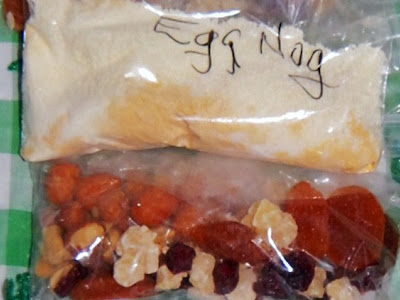
(3.) At REAMS my lunch break is extremely simple (to keep from getting fat) taking my vitamins/minerals as in the morning plus a half sandwich of whole wheat bread with peanut butter, jam and cinnamon, and half of my energy drink.
AFTERNOON and EVENING:
(1.) In the mountains I first take the rest of my energy drink to begin the process of recovery. Then set up camp, get all the water I need purified, filling my containers, putting to soak my dinner meal, my breakfast for the next day, cleaning up with a fresh T-shirt on, and used-sweaty one drying, and then rest some prior to going fishing as my dinner will almost always include a trout cooked in aluminum foil, to go along with Spanish Rice, or whatever.

(2.) With purified water in hand sufficient for the night and next morning, I also mix my crucial evening supplement of CAL/MAG and HGH (Human Growth Hormone stimulator made up mostly of amino acids). The brand I use of HGH is Goldshield that comes in powder form–an envelope per day. The one shown here is in tablet form and very reliable. This combination is a great aid to being able to sleep better, avoid Irritable Leg Syndrome, and leg cramps. HGH helps to stimulate the body’s production of Human Growth Hormone, crucial for longevity and avoiding the degenerative processes that bring on old age.

This will be taken just before going to sleep, along with 1 aspirin (suggested by my cardiologist), my thyroid stuff, 1 Gluco/Chon/MSM, 1 Cod Liver Oil gel cap, 1- 5 mg tablet of MELATONIN (to help me sleep), and 2-3 IBUPROFEN (you can get 40 of them for $1 at Dollar Tree). In the above combination photo I show FRS that provides energy on the trail. It is promoted by Lance Armstrong. See a wide variety of them at FRS I prefer the chews that I suck on as I hike.
OTHER SUPPLEMENTS TO BE TESTED THIS SUMMER (2010):
(1.) ENDUROX EXCEL REPLENISHER — is good to take during your workout, or on the trail.
(2.) ENDUROX ANTIOXIDANT REGENERATOR — This is good to take towards the end of your hard day to get you to the finish line, and begin recovery.
(3.) The FRS provides energy on the trail as mentioned above.
(4.) HIGH ALTITUDE SICKNESS — As I have gotten older, usually after being sick, I began experiencing High Altitude Sickness.
To solve this problem I finally concluded I would try a combination of the supplement shown below designed to boost oxygen levels, plus the normal medication for high altitude sickness–ACETAZOLAMID or DIAMOX–which alone hadn’t worked, except to help me sleep better. DIAMOX is a prescription medication.
This combination worked and my last 2009 trip was successful, and I’m excited about a big 2010 season. Go to CRYSTAL OXYGEN For more information click on OXYGEN I am actually hoping that my improved health will have me back where I was a few years ago when high altitude didn’t phase me.
(5.) REDMOND CLAY — I go nowhere without Redmond Clay–which is a fine powder called “bentonite.” It will solve any intestinal problems, and works as a healing agent for wounds, rashes and burns. You just take some of the powder in a Ziploc bag, and when you feel you need it, mix as a paste in a small plastic bottle or Ziploc bag. You then take a generous spoonful, and down it with water. For wounds, spread the paste on and cover with Saran wrap or such. Learn more at: INFORMATION. You can get it at: REDMOND CLAY– For one of my many experiences with it go to: EXPERIENCE NEAR CRATER LAKE and MORE
FREE NUTRITION and MEDICINE
I can’t really end this without another word about nutrition–the kind that will cost you nothing, but give big results. THIS IS NOT TONGUE-IN-CHEEK! The two items I mention below aren’t the reason my heart is healed, as the irregular heart beat and high blood pressure disappeared during the winter and early spring, but their incredible nutritive qualities are going to help keep me above ground and hustling.
First up, DANDELIONS
that I have called the “Spinach of the Weed World.” Others have called them “The Gourmet Weed.” Of course you have them all around your home, at the park, and also in the High Uintas Wilderness, at all but the extreme elevations. They come and go but if they are around where you’re hiking or camping, think seriously about them. The leaves and the flowers can be used to increase the nutrition of your soup, or whatever. They can also be eaten raw as a salad. They have amazing nutritional qualities as the links below will demonstrate.

Here you see me adding dandelions to a pot of macaroni soup. THEY HAVE AMAZING NUTRITIONAL & MEDICINAL VALUE. ranked in the top 4 of all green vegetables, and the 3rd food in vitamin A content, only topped by cod liver oil and beef liver. The flower and leaves are high in the Vitamin B’s, and effective for dealing with stress. Also rich in potassium, iron and calcium, with medicinal benefits to cure high blood pressure, hepatitis, etc. and rich in enzymes to aid digestion. Of ALL VEGETABLES dandelions rank 9th best. I eat a handful daily, some in a salad, and more just slightly cooked along with swiss chard. For incredible information click on: FREE NUTRITION
Next, PURSLANE
which you have among your flowers, and all over your vegetable garden. You likely even HATE IT! Below you see this old enemy–soon to become a cherished friend, and a shot with some cleaned and ready for my salad.

Purslane has 6 times more vitamin E than spinach, 7 times more beta-carotene than carrots, and is rich in vitamin C, glutathione, riboflavin, potassium, magnesium, phosphorus, tryptophan, and has more omega-3 fatty acids than any other leafy plant. It is also rich in protein. Purslane may have positive effects on the brain and may aid in such conditions as depression, bipolar disorder, Alzheimer’s disease, autism, schizophrenia, attention deficit disorder, hyperactivity and migraines. For other medicinal uses see: MEDICINAL American Indians used the plant as a poultice for burns, juice for earaches, tea for headaches and stomachaches. For more information click on WONDER WEED. It has a very bland and agreeable taste. I usually eat it as one of the ingredients in my “rainbow salad” each day. It can be added to soaps and other cooked dishes. Purslane is not a High Uintas Wilderness weed, but grows all over the world. I discovered it in Guatemala where it is called “verdolaga.”

Well, that’s about it. I imagine many of you will be impressed that it’s all pretty complicated and maybe expensive. But, once you get the routine down, it’s more than simple–and believe me IT’S A LOT BETTER THAN THE OTHER OPTION! You also end up saving a lot of money by eliminating some of the less healthy food options, and you’ll save a bundle having less health problems. Don’t get me wrong as I have been caught eating at McDonalds once in a while, and, as I say in my LIGHTWEIGHT BACKPACKING photo essay and elsewhere, I love Taco Bell, and how can you not like Mountain Dew?
Of course I’ve have found that it is far better to stick with what is giving me the health, energy and enthusiasm I need to NOT GIVE IN, and stick with what has become a passion that keeps me above ground and breathing—not only breathing, but hustling around fully engaged in living and enjoying REAMS and all the wonderful customers and employees, and of course the fascination of our Creators incredible swath of color and beauty we call the High Uintas Wilderness.
Now, INTO THE UINTAS TO SEE IF I KNOW WHAT I’M TALKING ABOUT OR NOT–or just so much HOT AIR! I’ll be posting reports, and you should listen each Saturday from 6:00 to 8:00 KSL OUTDOORS RADIO and get my satellite phone report from June 26th on–most likely in the first half hour of the show. Go to: KSL RADIO ONLINE.
Once I can say about my Uinta Project “IT’S DONE!” I’ll go on to do a real number on some other wonder of nature right under our nose, like THE WEST UTAH DESERT, or maybe return to the Land of the Mayas to finish what I started there–along with taking on those S.O.B. drug traffickers!
